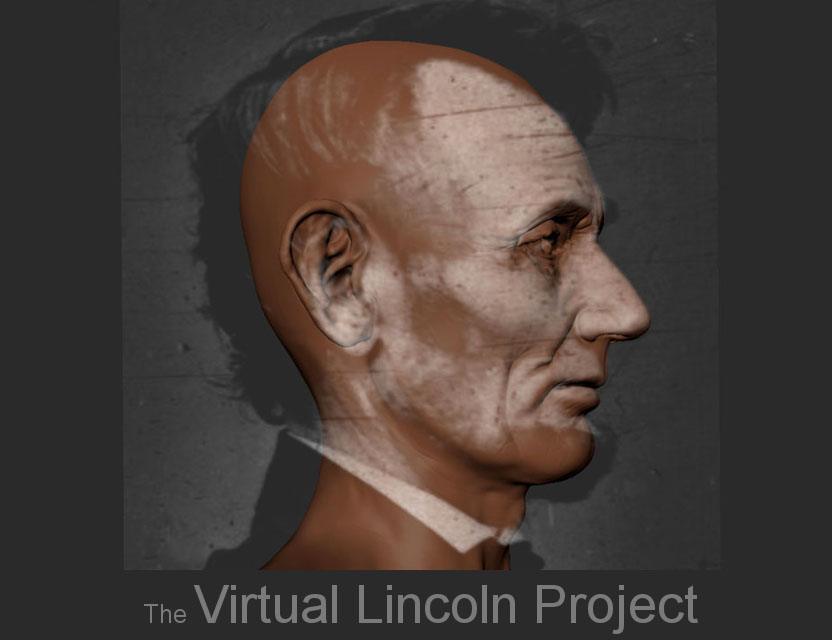Game Design Tutorials
Indie Industry Development Distribution Pipeline
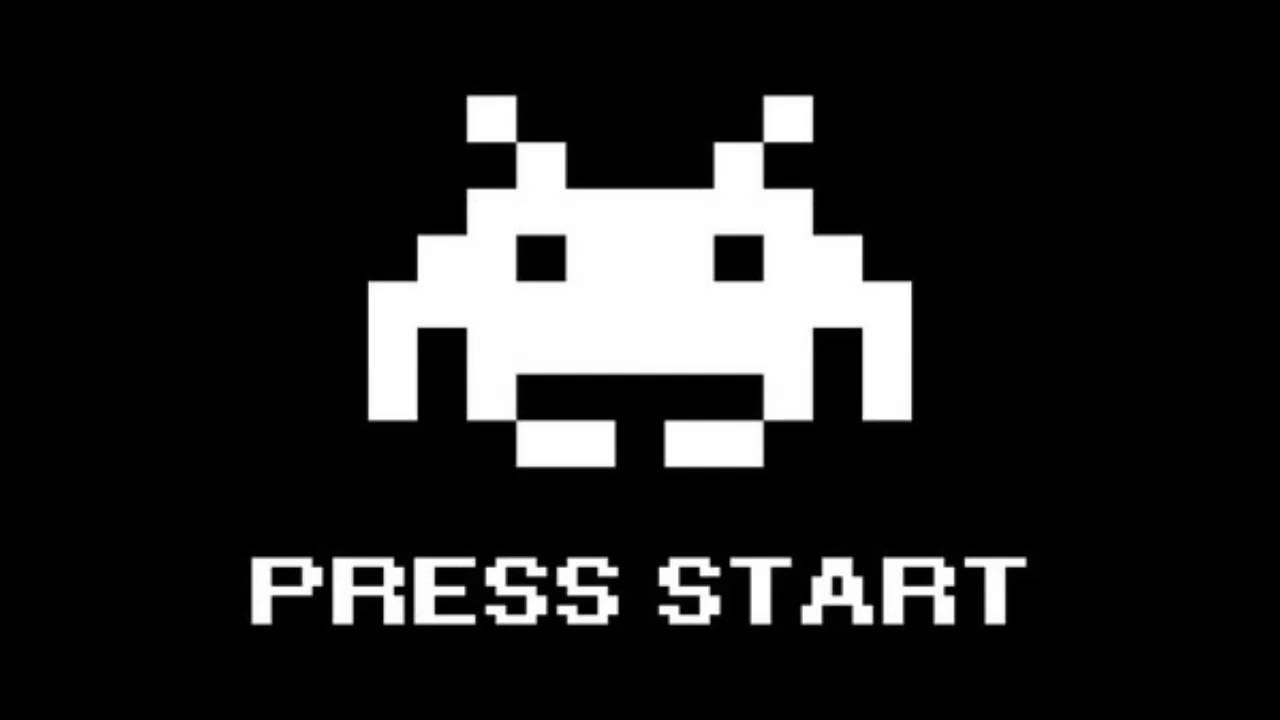
Getting Started
Most people ambitiously want to start out creating games like those made by AAA studios. This is frankly unrealistic. Nearly every AAA studio started out small, with two guys making pixelated RPGs and RTSs in their basement. It takes years of commercial failures, marketing mistakes, delayed releases, bad ports, company buyouts, lawsuits, lots of work, huge financial risks, and a whole lot of luck to get to the point where a studio can produce a game up to modern standards. Even with a good team and a decent budget, production deadlines are a nightmare and the odds are stacked against any game that is not an established franchise. A game designer's first project should aspire to be less like Fallout 4 or Call of Duty and more like a knockoff Pong.
Teaching Game Design: Top two reasons why student projects fail
GamesRadar: Making Indie Games is Hard- 15 Years Ago it was Impossible
Kotaku: 10 Big Myths About Video Games, Debunked By The People Who Make Them
Kotaku: Should You Quit Your Job To Go Make Video Games?
The History of Blizzard Entertainment
The History of Bethesda Game Studios

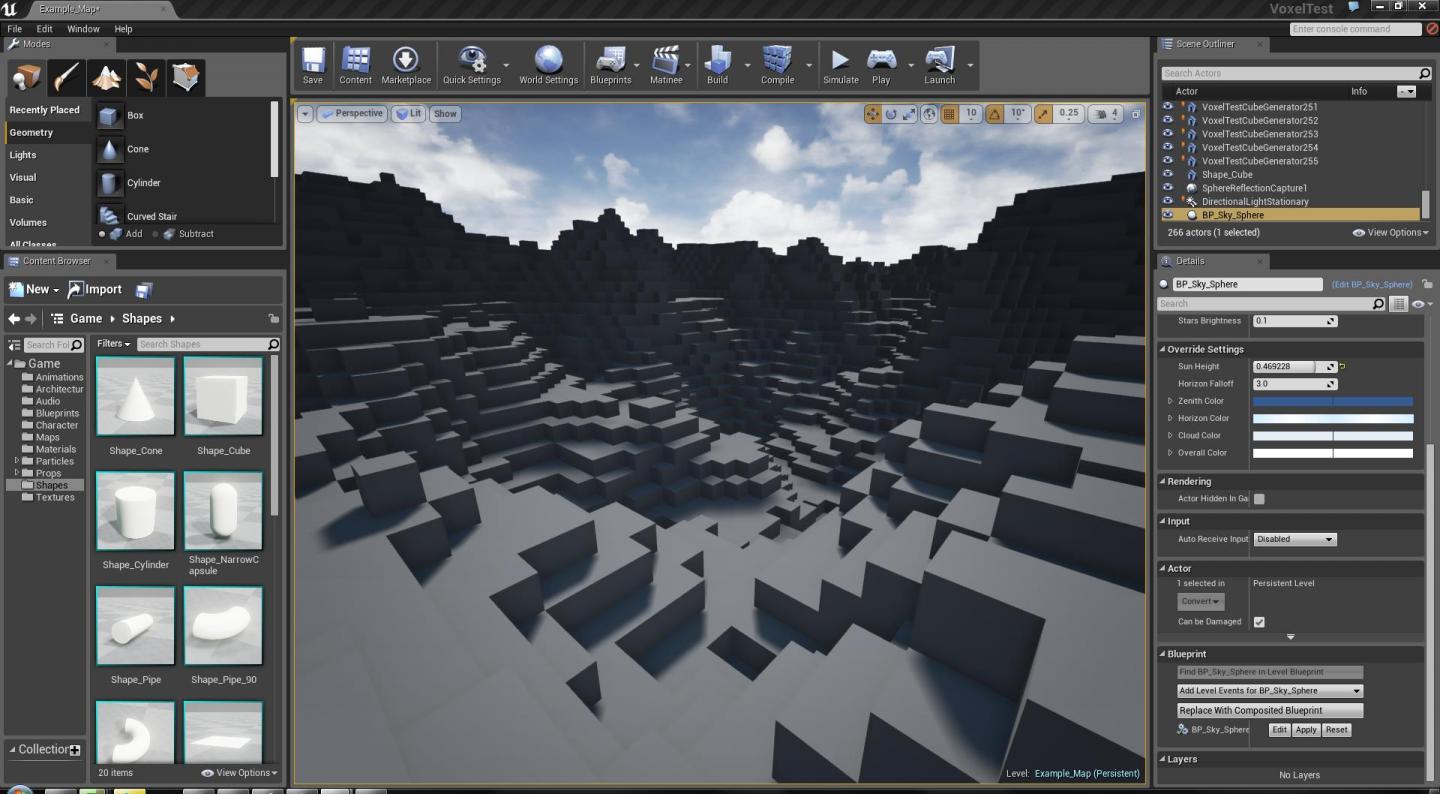
Beginner Resources
2D RPGs, RTSs, platformers, java games, or mobile apps are generally the best place to start learning game design mechanics. Try out level design makers like Super Mario Maker, Halo Forge, Gary's Mod, or other level design kits that are sometimes included as extra features in games. Modding communities and forums are generally willing to help people wanting to learn to create mods. There are a lot of free asset stores that you can download models from. Once you have some experience with small scale game mechanics, you have much better chances of creating a successful independent studio or applying for a job in the industry.
It's very rare to see one individual create an entire game by his or her self since it requires so much work and specialization in different areas. Game design is a team effort, so assemble a team of people who are dependable.
People design games because they love doing what they do. Continue playing video games, but analyze how they are designed, and take notes on what aspects work well and what aspects could be better.
OutsideXBox: How to Get a Job in Video Games -Tips from the Game Industry
Extra Credits: Become a Game Designer
TutsPlus: GDC tips for Indie Developers
Pentadact: What Makes Games Good?

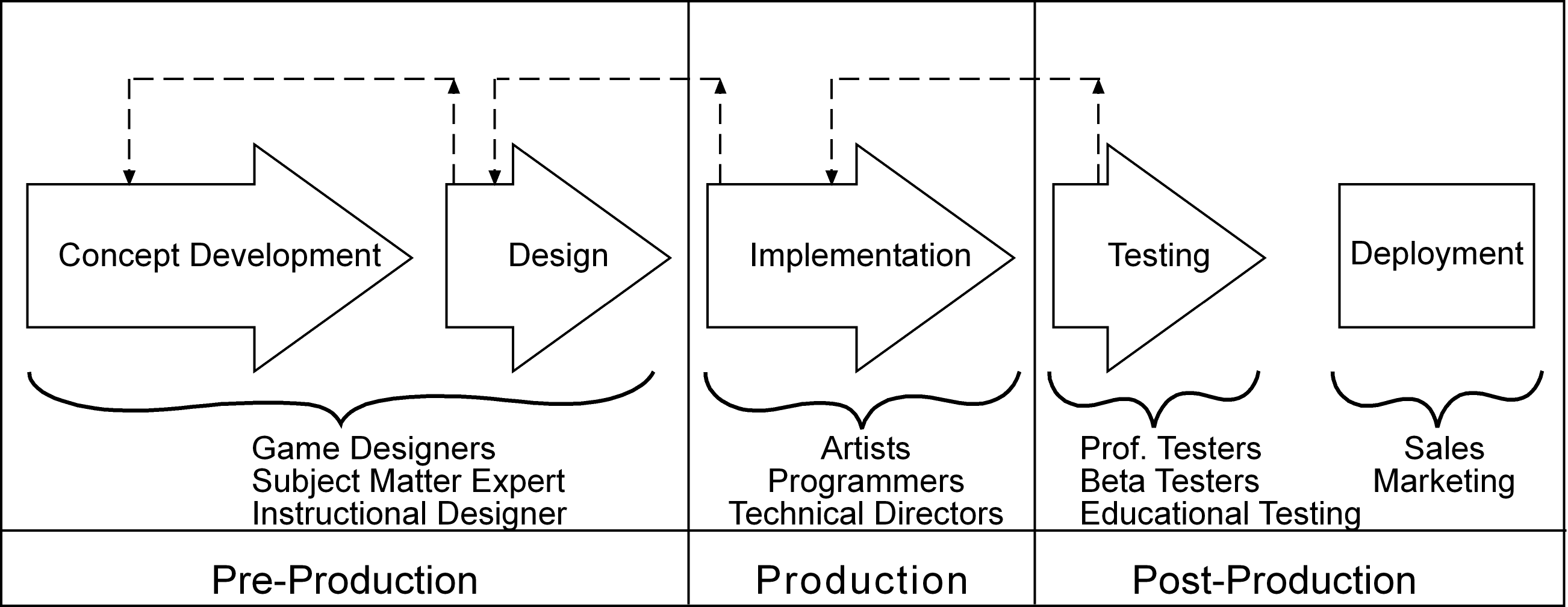
Game Design vs. Game Development
Game designers are responsible for the art, story, and look of the game. Game developers are the people who program in the underlying mechanics needed to make that game function. It takes two to tango, and the same holds true for making a game. Designers and developers have to work together to create a game that is any good.
Game Design Pipeline
Dev.Mag: I Want to be a Game Artist
The Truth about Becoming a Video Game Designer
Gamedesigning.org: Become a Game Designer

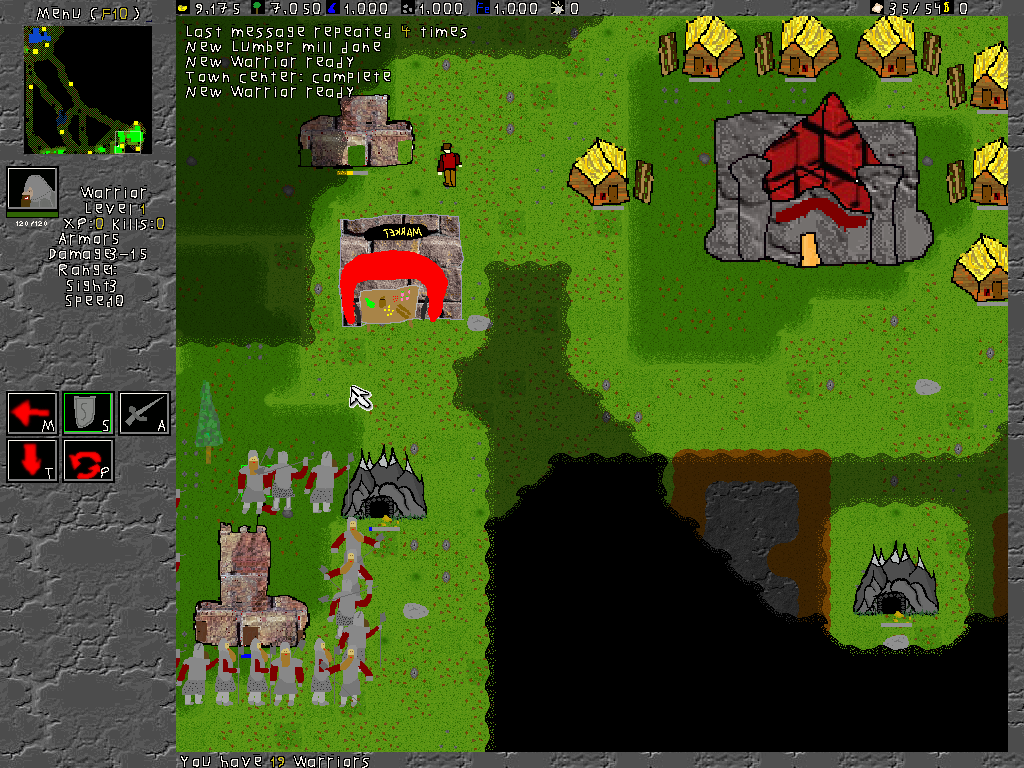
Step 1: The Ugly Prototype
Don't try to commit to an entire game without first determining your goals as a team. Spend one week creating a quick and dirty prototype of the game you want to make. This proof of concept is obviously is not going to look beautiful, but it should convey what the game mechanics are and what the tone of the game will be like.
Professionals draft a Game Design Document, which can be a brief set of goals or several hundred pages. The GDD outlines everything that the game will need to work. Depending on what type of game is being made, you will also need to figure out what program or game engine will work best for the project. Gamemaker Studio Pro is typically good as an intro 2D level editor, while more robust engines like Unreal, Unity, or Source are recommended for 3D graphics. Most games are coded with C++, C#, Python, C, or Java.
Game Design Document
NYFA: Getting the Most out of your Prototype Game

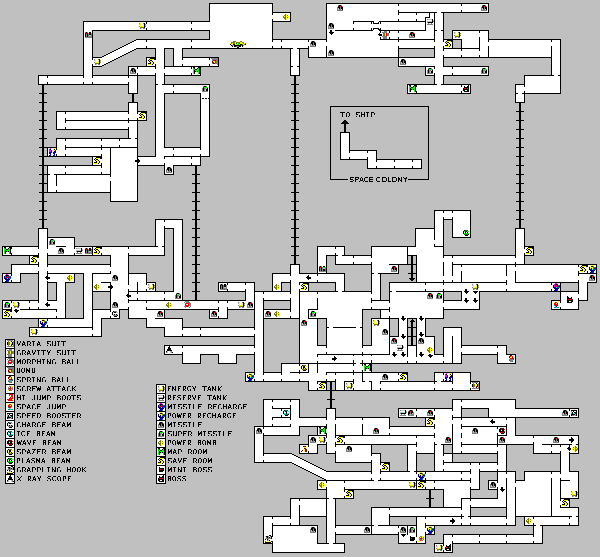
Level Design
As consoles and game engine technology improve, games are able to support more robust environments than ever before. Levels can be expansive and highly detailed. It is still important to not design levels that are massive and sprawling, since it takes a lot of memory and could cause lag in framerate. Many game levels are designed to be more compact than they would appear by having lots of narrow corridors and turns that maze back and forth. Open environment exploration tends to cheat by only rendering a certain radius around the player at a time, or integrating loading screen areas. There are also ways to make maps appear much larger than they actually are by putting barriers up to limit the amount of exploration to where the game designeer wants the player to go.
Whether designing for linear missions, open-world, or multiplayer, the player has to be able to make decisions that affect the outcome of the gameplay, but they also need to be lead forward in a logical progression. Narratives and mission objectives tend to be used to guide the player to the next area, but side-exploration is also encouraged. It is generally a good idea to try to make areas visually distinct from other sections of the game to avoid repetitive gameplay.
Concept art, architectural blueprints, and orthographic plans are used to plan out the paths a game will take. Usually level paths are blocked out using basic cube geometry, with the details being put in later. The best kind of environment design integrates the settings into the gameplay instead of just making it a pretty backdrop. 75% of most games involve the environments, so background designers are in high demand.
TutsPlus: Designing Video Game Levels
DigitalTutors: Level Design Tips for Player Engagement
DevMag: How to design levels for a platformer
World of Level Design: Reverse Engineering Level Design Art
Ubisoft: Level Design
Making of BioShock

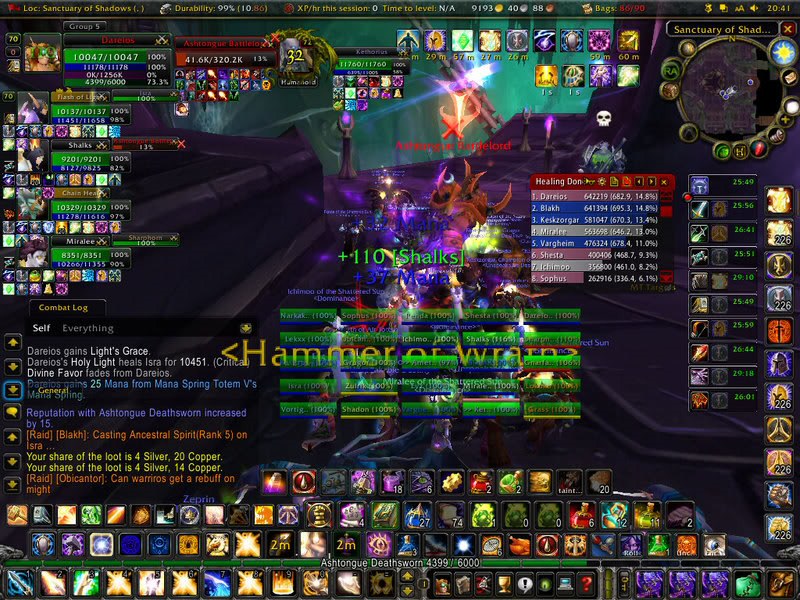
U.I.
User Interface design consists of the menu system, inventory, map, health bar, and skill trees. Few people want to do U.I. design because while controls and navigation are undoubtedly important, it isn't quite as cool as programming giant monsters or robots. For this reason, user interfaces tend to be neglected until all the other parts of the game have been completed. Throwing together crude user interfaces to port to other consoles at the last minute before a product is shipped out generally results in a bad U.I., and lots of complaints from players. Until game development cycles change from the current frantic production model, U.I. is likely to continue being hit or miss depending on where it ranks in the studio's long list of priorities.

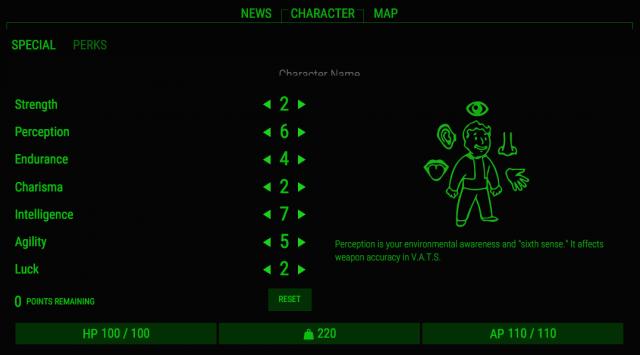
Stats
Healthbars, level, damage, defense, difficulty; all of these factors are determined by a set value assigned to a variable. It's just arbitrary numbers and simple boolean logic, but stat systems govern practically every aspect of the way a game plays from the micro to macro level.
Balance is important, but so is customization. Players want to be challenged as they level up and gain new abilities, but they don't want to face bosses that are frustratingly overpowered bullet-sponges. Programming scripts can read the numerical data of players to adjust numbers so that enemy stats are not too high or too low, but these averages don't always work. The best way to ensure balance is by introducing variety into the stats of different weapons, enemies, powers, and characters.

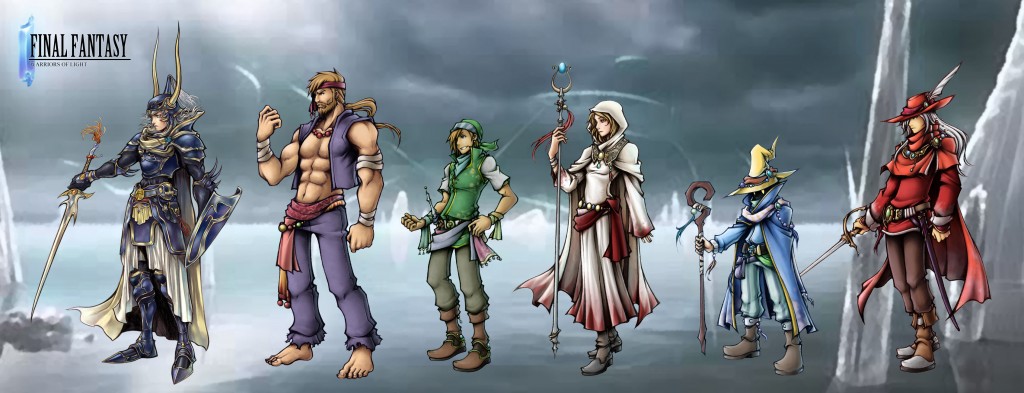
Classes
Classes are built upon the stats system to create different options for the style of player gameplay. Stealth, Melee, and Ranged are the three basic types, but there are lots of other possibilities that can be created by offering leveled specialization or upgrades.
Enemies also tend to have class-based abilities. The main thing to keep in mind when designing different classes is to make each class visually distinct, and to add balance. Triangularity is a term used to describe the balance structure applying to the common triple class system of Defense, Attack, and Ranged.

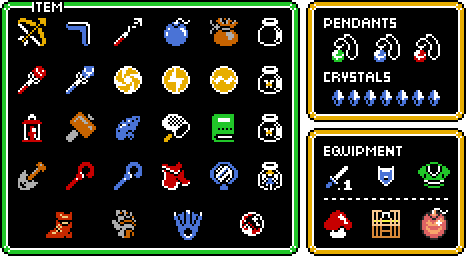
Items
Weapons, collectibles, health restoration, costumes and cosmetics, temporary power ups, props, etc.. While it would be nice to include tons of stuff to gather, keep in mind that every asset has to be created by an artist, programmed to properly interact with the player avatar, and sometimes even apply unique animations, textures, and skins. A lot of time goes into making every single item, even those that may not even have any useful function. Focus on creating the minimum number of items necessary for the game to play as intended. Extra fun stuff can come later.


Combat and Controls
Being able to run, jump, swim, and crouch are basic things players expect from games. A surprising number of game developers don't include these because they spent too much time working on other features and then ran out of time. Movement should be the first thing a programmer works on getting right.
Combat comprises the biggest portion of the gameplay in most games made today, especially first person shooters. The mechanics of combat are obviously crucial to how well the game is recieved by players. Overcomplicated inventory systems, clunky controls, and quick-time event button mashing are things to avoid. Combat should provide a challenge, but a reasonable one. Different players prefer different styles of game and different degrees of difficulty. Combat systems should accomodate for some flexibility in the way the game can be played.
Many game companies fall into the habit of reusing tried-and-tested formulaic combat systems that are a safe approach, but don't do anything particularly new or innovative. Hack and slash, run and gun combat can get repetitive. Throwing in unique abilities and items can add to the gameplay experience.

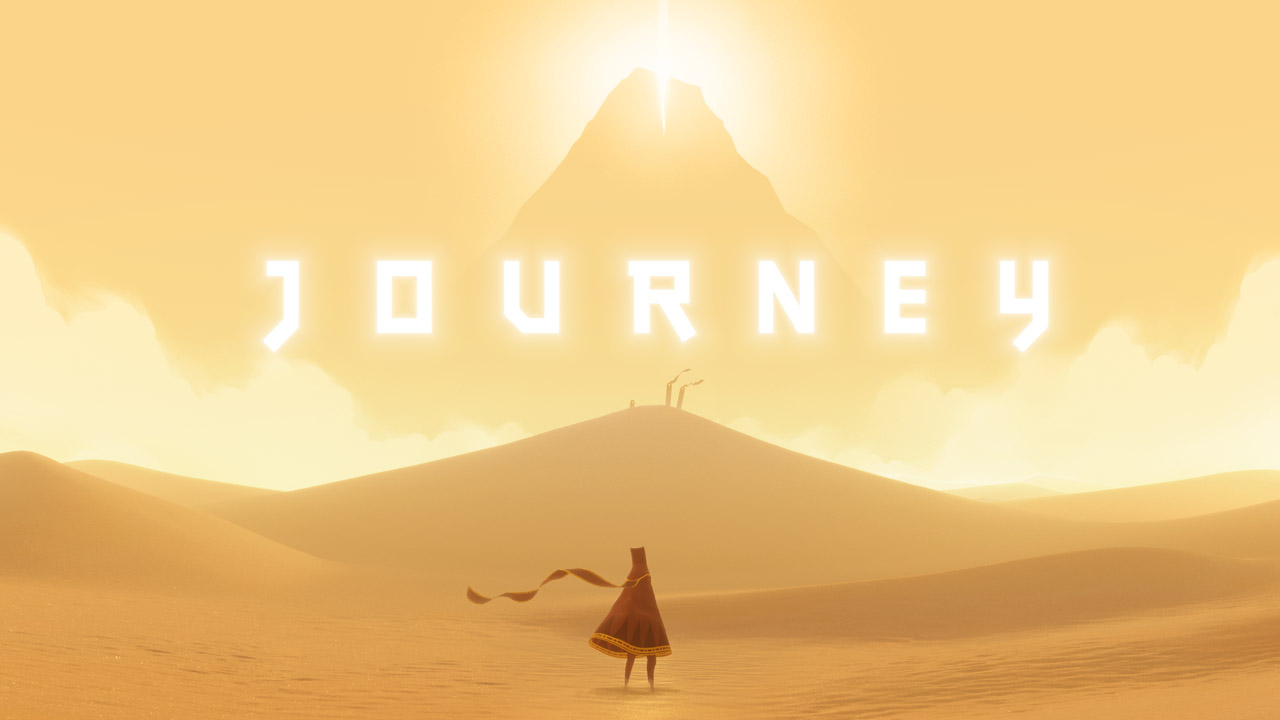
Narrative
On the opposite end of the spectrum of nonstop-action adrenaline rush games are games that put greater emphasis on the story. These games may have more puzzles, roleplaying, character interaction, exploration, or cutscenes. Narrative games can still impliment combat, and combat-intensive games can have good underlying stories. Neither type is inherently superior to the other, they are just different styles. It is something to consider when making a game how much effort you want to spend on each aspect. Narrative tends to interrupt the action to add pacing, but some people may see this as diverting time away from the actual gameplay. Series like Final Fantasy, Uncharted, The Walking Dead, and Metal Gear are notorious for having hours of cutscenes, while games like Doom and Super Mario Bros. have minimal backstory elements and simple objectives.
It is recommended to always include the option to skip cutscenes and dialogue. In-game lore scattered throughout levels to collect is a fair compromise since it gives the player the choice to read supplimental information or just ignore it.
GDC: Portal 2 Post-Mortem
Jonathan Blow: How Mainstream Devs Are Getting It Wrong

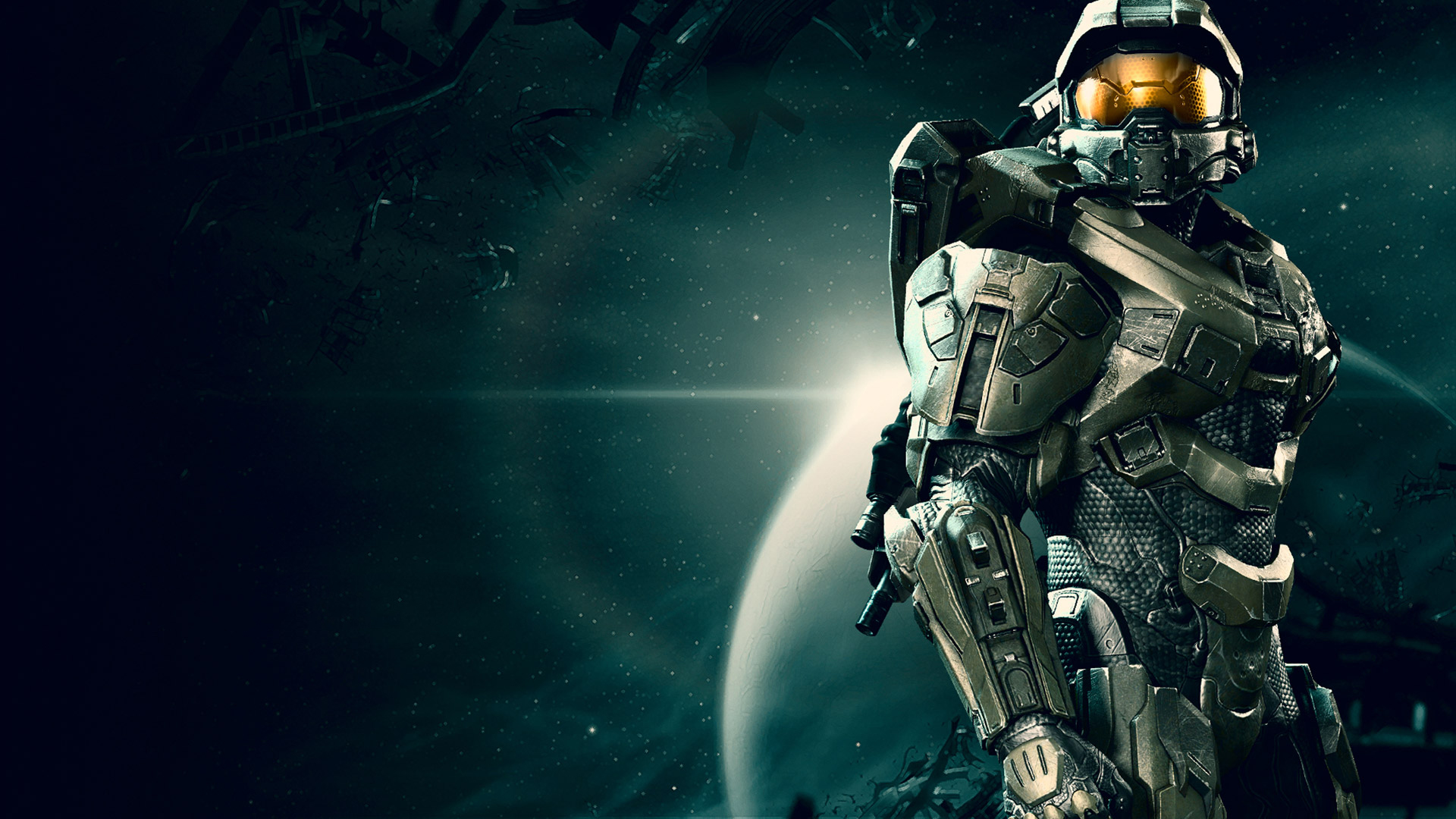
Character Design
Video games are all about the player's experience. You get to be the hero, rather than watching someone in a movie save the day. For that reason, who the main character is generally has less importance than how the player chooses to play. There are still plenty of iconic designs and characters who form popular franchises. However, more games are offering armors, customizable outfits, or character creation settings that give people the option to choose their own protagonist.
PopMatters: Does Silence Speak in the Loudest Voice in Video Games?
GameRant: Silent Protagonist Pros and Cons

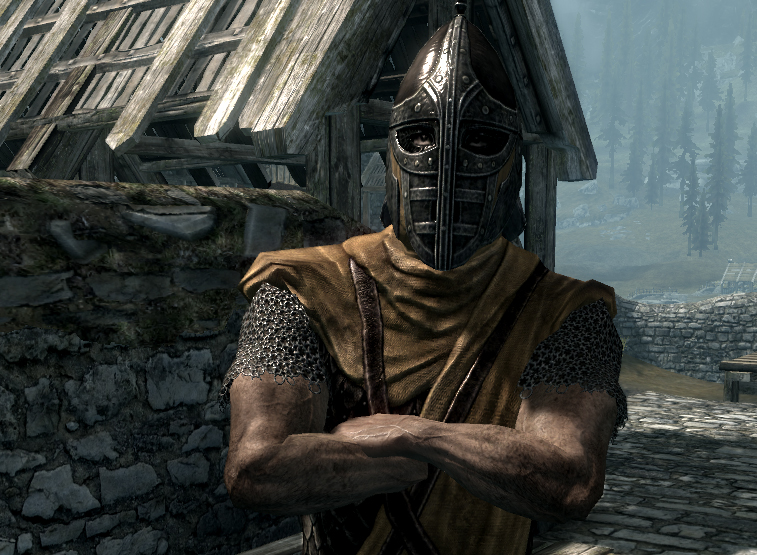
NPCs
Non-Playable Characters inhabit the game world, usually to provide assistance and optional side quests. NPCs are generally not given the same amount of attention to unique action and facial animation as main characters, so they tend to come across as a bit wooden and robotic. This can be a little disappointing in games that are otherwise very immersive. Well-writen dialogue for NPCs can really add to the player's overall experience, so don't dismiss side characters as unimportant to the game. Invest a little extra time into giving them backstories and personality.
A lot of indie and AAA game developers struggle with dialogue. Once a character runs out of recorded lines and start repeating the same lines over and over, it gets a little annoying. Depending on the number of characters in the game, recording dialogue can be a very time consuming and expensive process. Modern AAA games often have to have several hours worth of dialogue. Indie games can use less characters or use RPG text boxes to substitute for the lack of voice actors. It is advisable to hire a trained actor to provide voicework.
Crowd A.I. is another limit to game populace, since most engines cannot handle hundreds of characters in one area at once.
VLDL: Epic NPC Man Ep 2

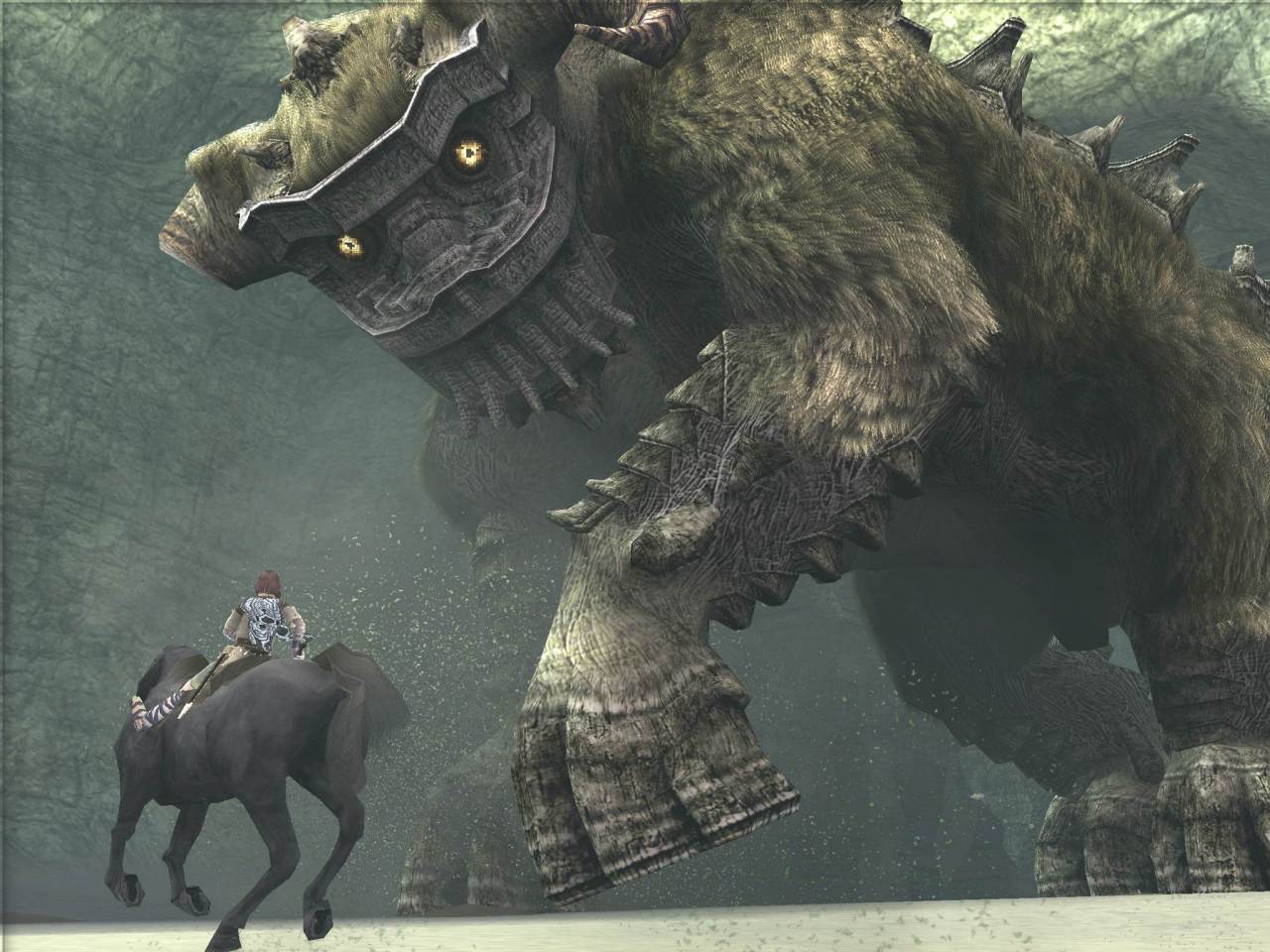
Bosses
Awesome boss battles are generally the most memorable part of a game. That means they need to be one of the best designed parts of the game. Typically bosses are just overpowered bullet sponges that send lots of minions to swarm the player, which is not very creative game design. Players want an epic one vs. one deathmatch. Boss battles are an opportunity to mix up the gameplay with a challenge and unique arena.

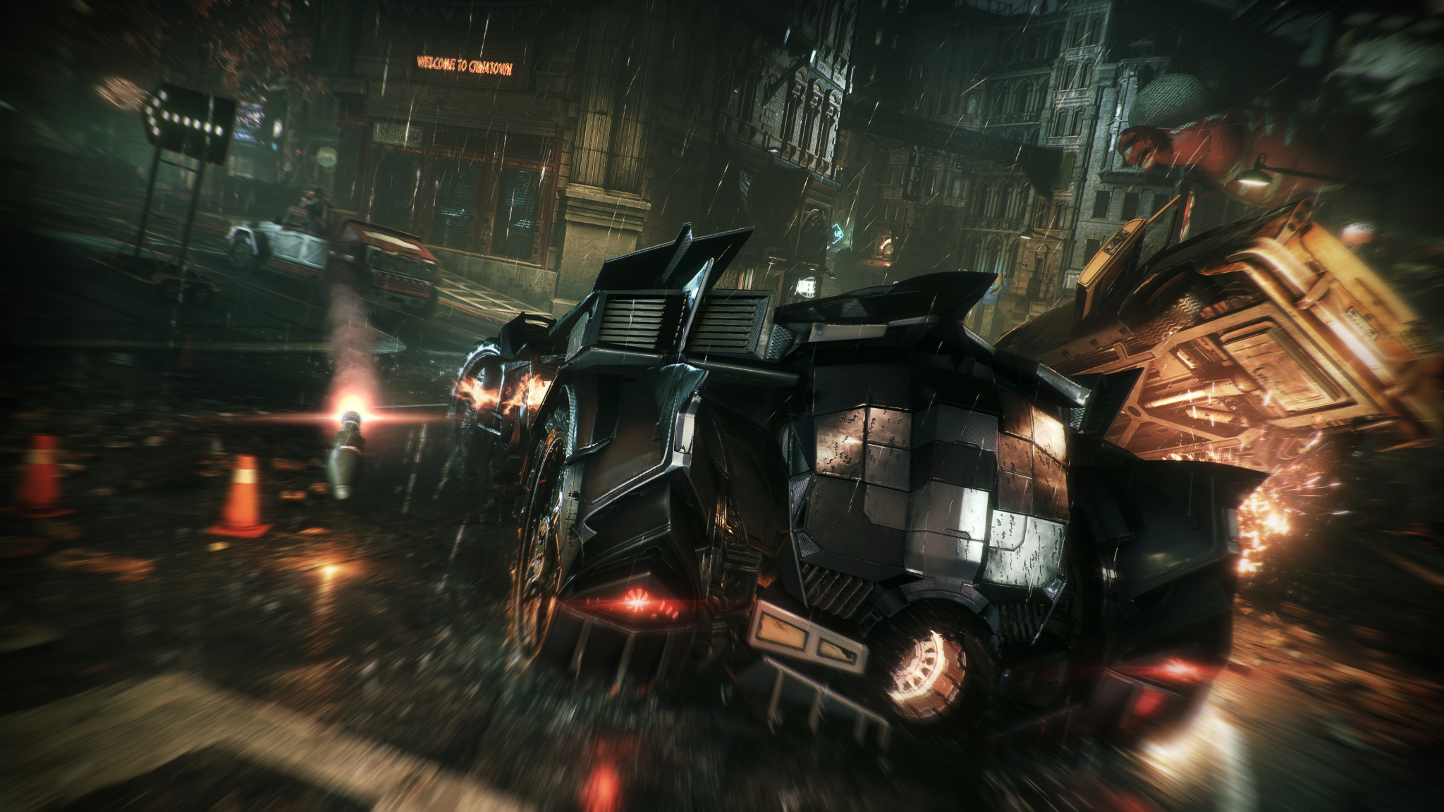
Vehicles and Mounts
Vehicles are thrown into games every once in a while to mix up the style of gameplay, usually for chases or faster travel. Unfortunately, the amount of programming put into vehicle A.I. is usually proportional to what fraction of the overall gameplay that element takes up. Vehicles are often difficult to integrate without bugs because they introduce larger model shapes and types of movement, which have to work with the controls and A.I. pathing already established for any existing character movement. A boat travels differently from a truck, which interacts with environments differently from a tank. Aerial vehicles introduce another axis of verticality, which means the map and level design have to be adjusted accordingly.
It can take a lot of extra programming just to add the option to ride a horse, which is why mounts and controllable vehicles are often DLC patches. So if you ever ask your programming team if they can make it so that the player can ride velociraptors and they just sigh in exasperation, consider how much time and resources the developers would have to set aside to program that one feature instead of improving the overall gameplay in more meaningful ways. Game devs work hard to make cool games, but they can't always include everything.
Skyrim Flying Horse Glitch

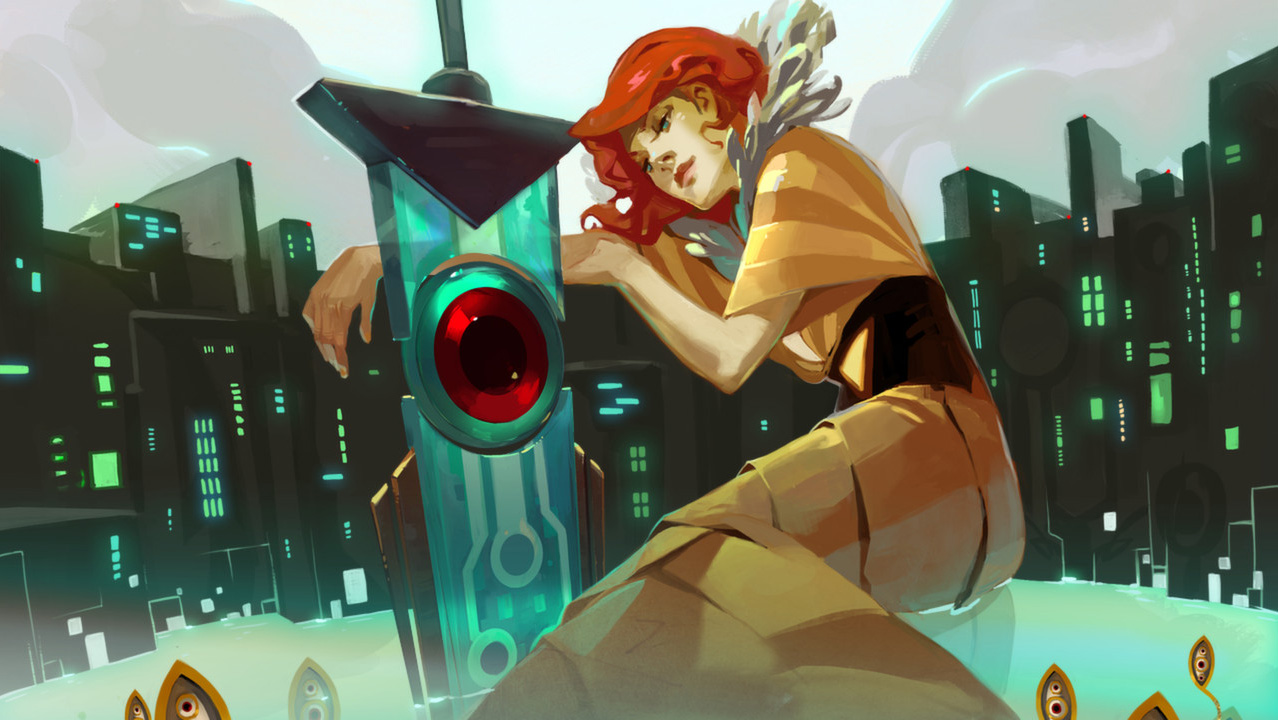
Audio
Hire someone to create an amazing original soundtrack for your game, and even if your game ends up being terrible people will at least compliment the music. The soundtrack guides the player through the game. It conveys atmosphere, mood, and emotion. When you enter a dark empty room, the ominous music should make you afraid to meet whatever is going to come out from that giant set of doors more than the visual clues of abnormally large spikes and chains keeping them shut. Triumphant swells in the orchestral should make your level 1 adventurer feel like they really can defeat the giant dragon spewing incendiary napalm everywhere, despite the fact everybody else with any common sense is running away or hiding behind flaming tree-stumps.
A score is typically composed of a main theme with a number of boss themes, level-specific music, and leitmotifs for specific characters. Well-composed leitmotifs can be modified to play at different pitches and speeds to convey different moods. Other instuments can be added in to the base theme to create variation.
Voice acting and foley effects are also a huge part of successful game design.
Majoring in Music: Scoring for Film, TV, or Video Games
Eye Level: The People Behind the Video Games- Tommy Tallarico
Nerdwriter: Lord Of The Rings: How Music Elevates Story (Leitmotifs)
Crypt of the Necrodancer OST- Danny Baranowsky
Transistor OST- Composed by Darren Korb, Vocals by Ashley Barrett
GameSpot Trailers: Batman: Arkham City Sound Effects

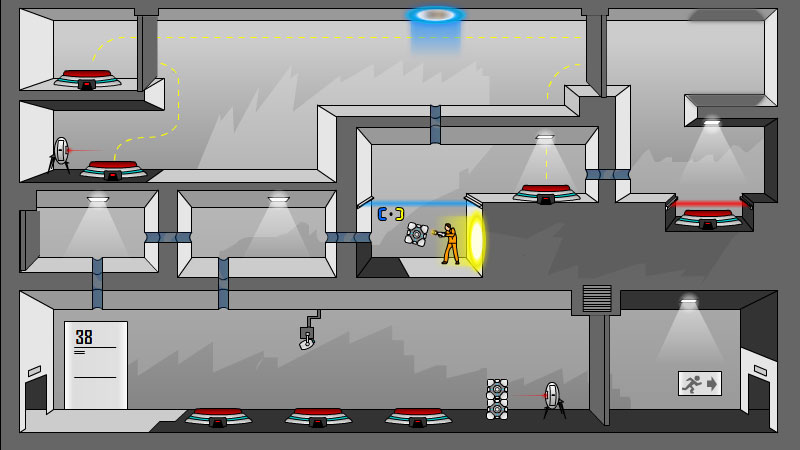
Intro Game Design: Apps and Java Games
A lot of apps and Flash games are very rudimentary and don't require extensive programming knowledge, which makes app design a good place for new designers to start out. Apps have a relatively short development time and can be highly profitable, though they also tend to have a sharp dropoff in popularity after the initial launch. Many apps use microtransactions and updates to keep people hooked on playing. Android Application Package (APK) is the preferred distribution format.
Flash animation is the spiritual predecessor to apps, but online Flash games sites have been hit hard by the competition of MOBAs, MMOs, apps, and the variety of more immersive AAA and indie titles. The medium just isn't nearly as popular as it was 10 years ago, though Flash game communities like Newgrounds are still around. Major web providers may stop supporting Java compatibility in the future. Mobile Web is also predicted to impact the demand for apps by allowing people better access to streaming games on their phones.
Wired: Adobe Flash Is Dead in Name Only

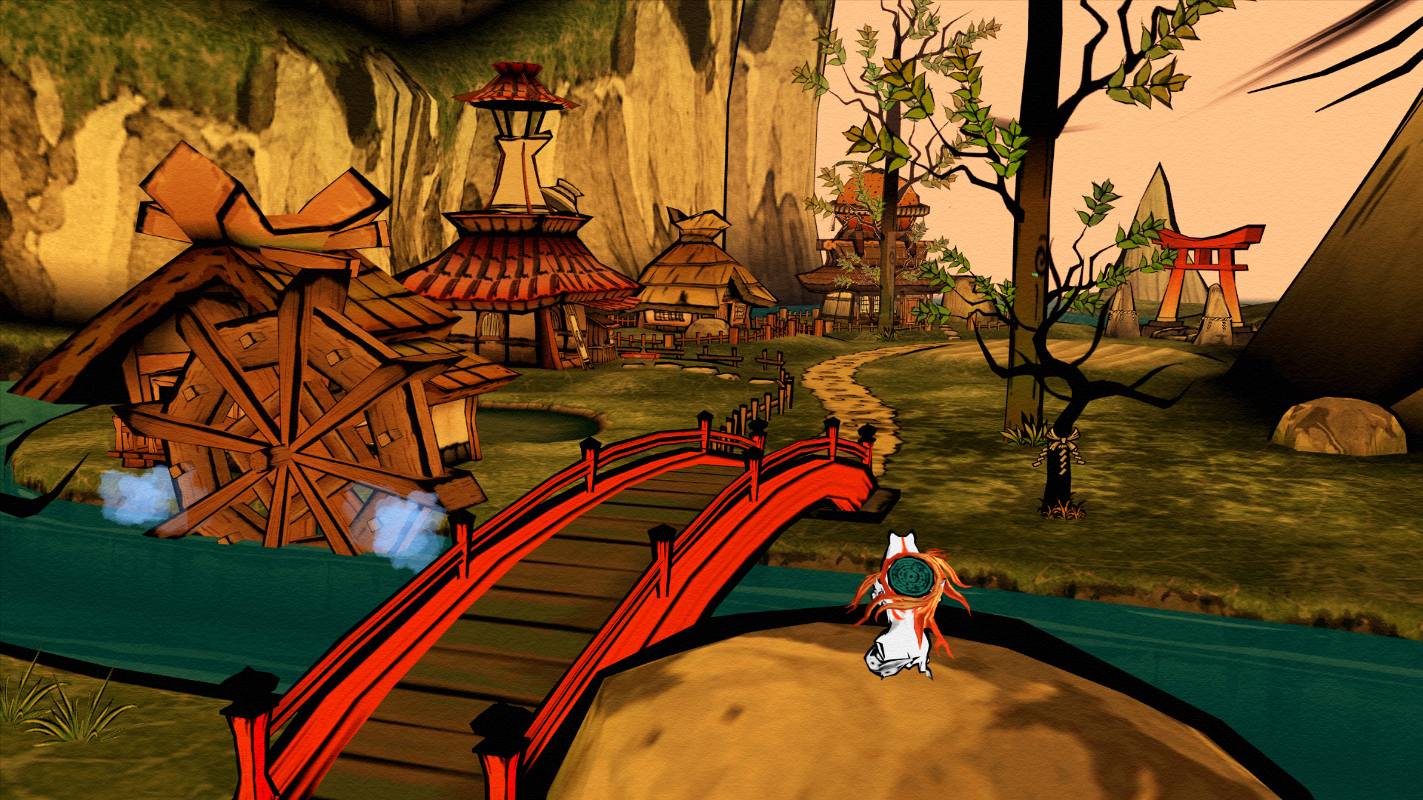
Stylization
Indie games will never be able to compete with the highest graphics of AAA titles. However, they can take advantage of art style to stand out. Pixilization, Cel Shading, and Low Poly assets are popular options. Pre-rendered backgrounds can also be used, but they tend to work better with platformers due to the camera angle being restricted to one direction.
PBS Offbook: The Creativity of Indie Video Games
ClassicGameJunkie: Pre Rendered Backgrounds
Gamasutra: The Importance of Art Style
AV Club: Cel Shading in Video Games
GDC: The Art of Journey

Sprites
Sprites are generally comprised of pixels, but they can also be vector based. Pixels appear more retro, whereas vectors make a strong statement of being a modern app or Flash game. Depending on the art direction you are going for, there are advantages to both styles. Pixels are probably a little easier for non-artists to work with.
Sprite Supreme: A Brief History of Graphics, Part 2
Piskel Sprite Maker

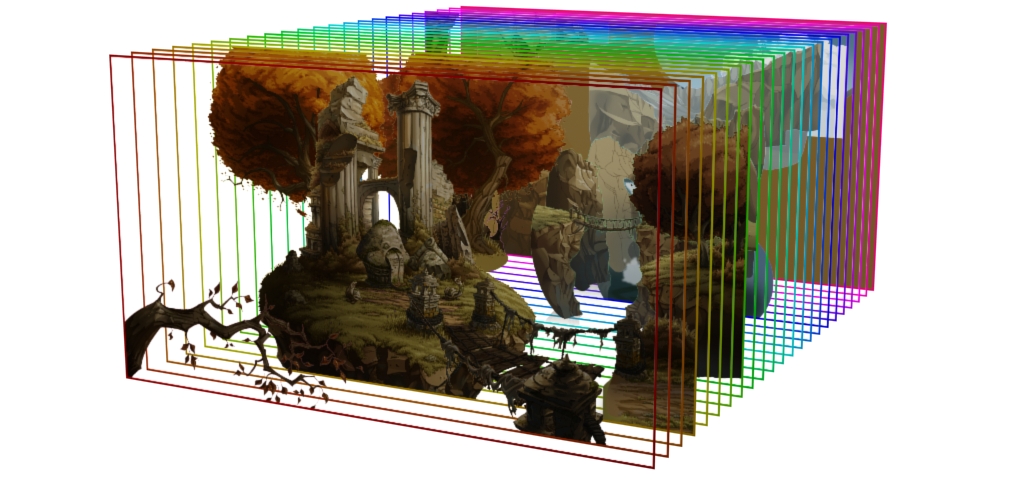
Parallax Scrolling
Parallax scrolling creates the illusion that background objects are always far away. Basically layers of the background move at different speeds relative to the faster movement of the player in the foreground. This is commonly seen in 2D side scrolling games.

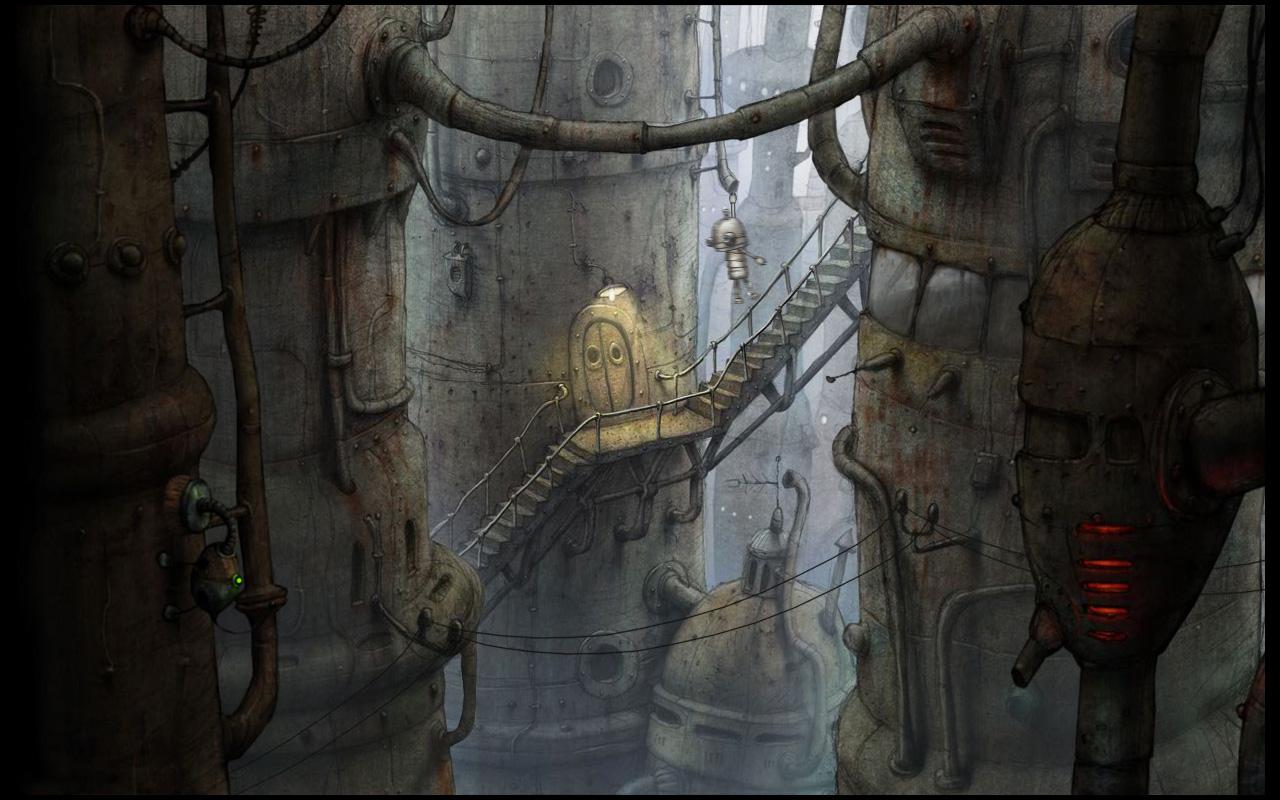
Point and Click Adventures
One of the least technically demanding type of games is the point and click adventure game. It works best for interactive narratives and puzzle games, but is normally confined to PC gaming. Point and Click adventures work equally well for 2D or 3D environments. Technology advances have caused the Point and Click genre to fall out of style, but a few indie developers still use it on low budget productions. Mouse clicking doesn't provide a ton of options for action, so quick-time events and cutscenes may be used to add variety. Artistic visuals make up for the lacking gameplay features.

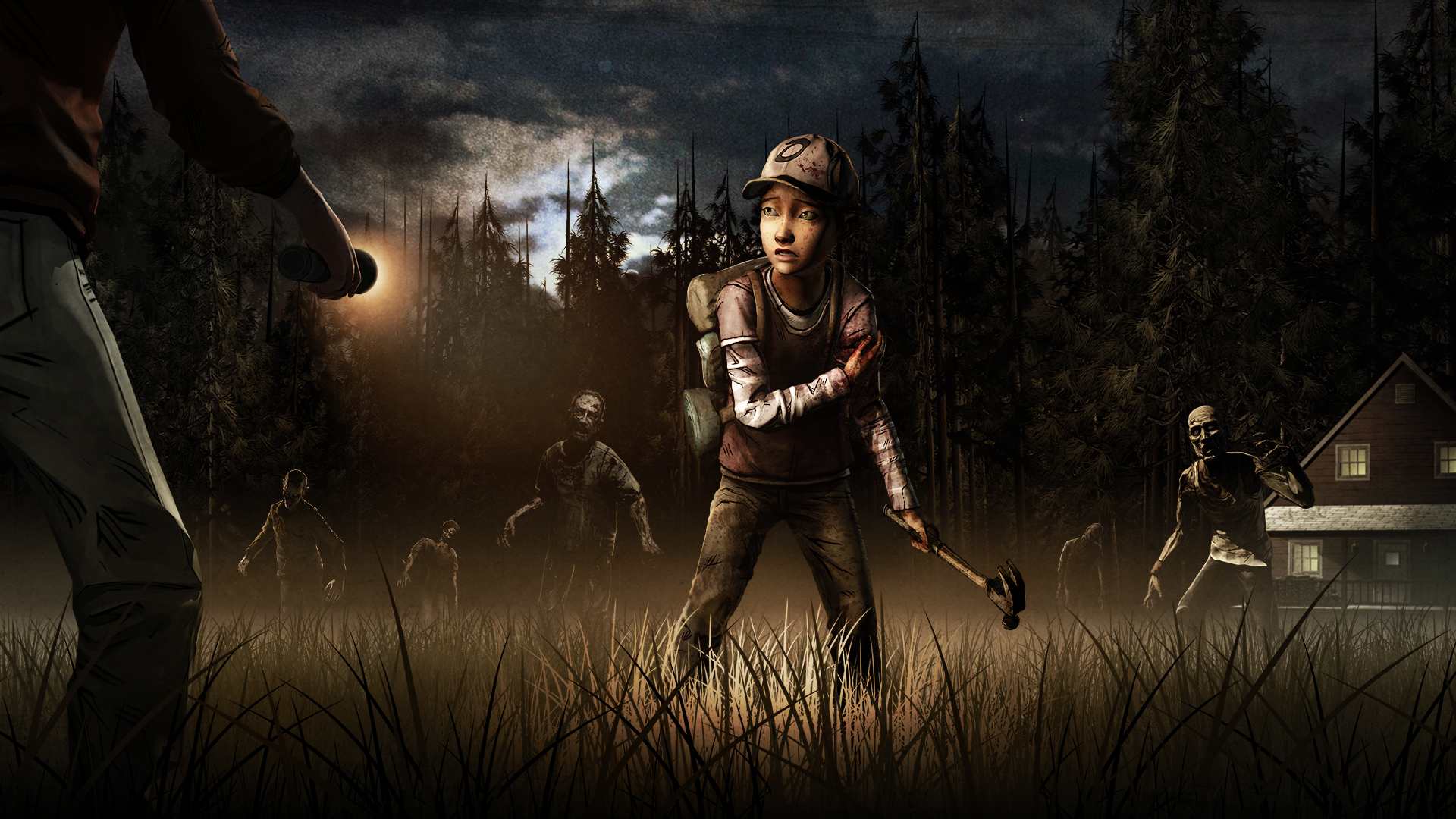
Episodic Games
Episodic games are a more recent type of digital distribution method where short chapters are released in intervals, allowing a small studio to focus all energy on making one segment of a game at a time. This tends to produce higher quality production standards, though the drawback is that some studios take much longer to finish the next chapter than promised. Not all types of games can be released in stages due to the way the design pipeline works. A working engine and assets must be created before the first installment can be sold.
Episodic games remain small in technical scope but innovative in other areas like story and art style, which works out since they appeal to a different type of gamer audience. The atypical narrative styles and very light gameplay sets them apart from traditional action games. Interactive choose-your-own-adventure style choices that change the outcome of the story in meaningful ways are the current vogue.

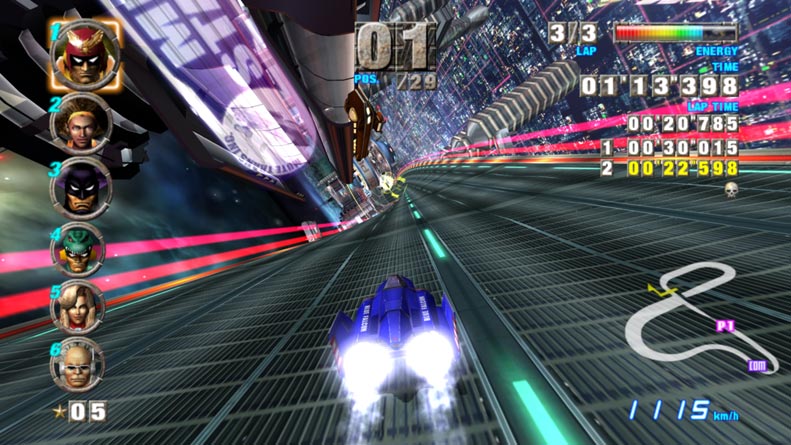
Racing Games
The basic racing gameplay style remains virtually unchanged from the arcade days. Vehicles follow a set track and attempt to not crash into obstacles or other drivers while going as fast as possible. Rule number two is never come in second place, or the person who came in first place will never shut up about it. The biggest changes to modern racing simulators are the more elaborate 3D courses, collision physics, and smarter A.I. pathing. Programmers can control how other vehicles react to your driving skills based on dynamic difficulty settings. If you are a terrible driver who never slows down at turns and probably should have your driver's license revoked, the A.I. can either opt to pass you or adjust speed to allow a few seconds to try and get back on the road. This is called rubber band A.I., which you are probably already familiar with if you have ever played Mario Kart.
Speed trials, unlockable maps, and alternate vehicles can add replay value.
One thing to consider when designing a modern racing game is brand licensing. Expensive cars with souped up engines look cool, but licensed car models have copyright protection that you will need to obtain permission from the manufacturer to include in the game.
Gamasutra: The Pure Advantage: Advanced Racing Game AI

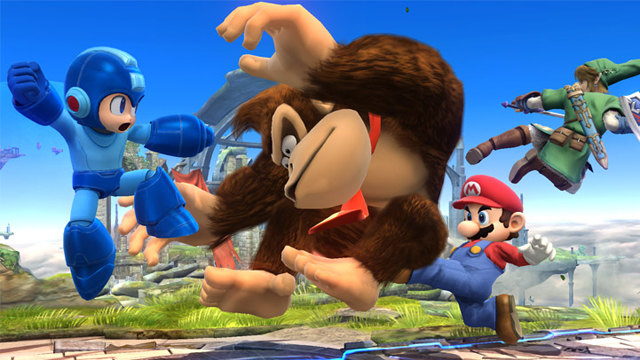
Brawlers
Arena fighting games tend to use very minimal level design and simple strings of button combos. The main difficulty is creating lots of different animated moves for characters. Live action martial arts footage can be used for reference. 2D sprites are easier to work with than 3D models.
Fighting games usually have a few playable characters at launch that are overpowered or have an unblockable combo that when spammed will result in almost guaranteed victory. Nerfing is the term used when developers adjust stats to balance out the gameplay.
Mortal Kombat Behind the Scenes

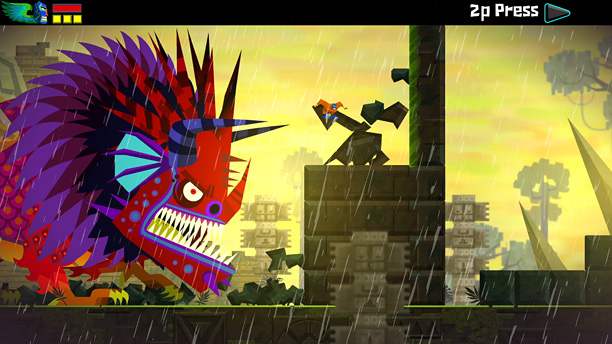
Sidescrollers
Sidescrollers are one of the most common types of 2D game due to the ease of level design and movement. The scrolling direction can be vertical or horizontal.
Metroidvania refers to a subgenre of platformer that is characterized by non-linear level design. It is named after the Metroid and Castlevania series. Usually there will be a hub area that allows some exploration, but areas will be locked until reaching a certain level or acquiring a special item. Metroidvania games also tend to have a steep difficulty curve and a focus on tough boss fights.

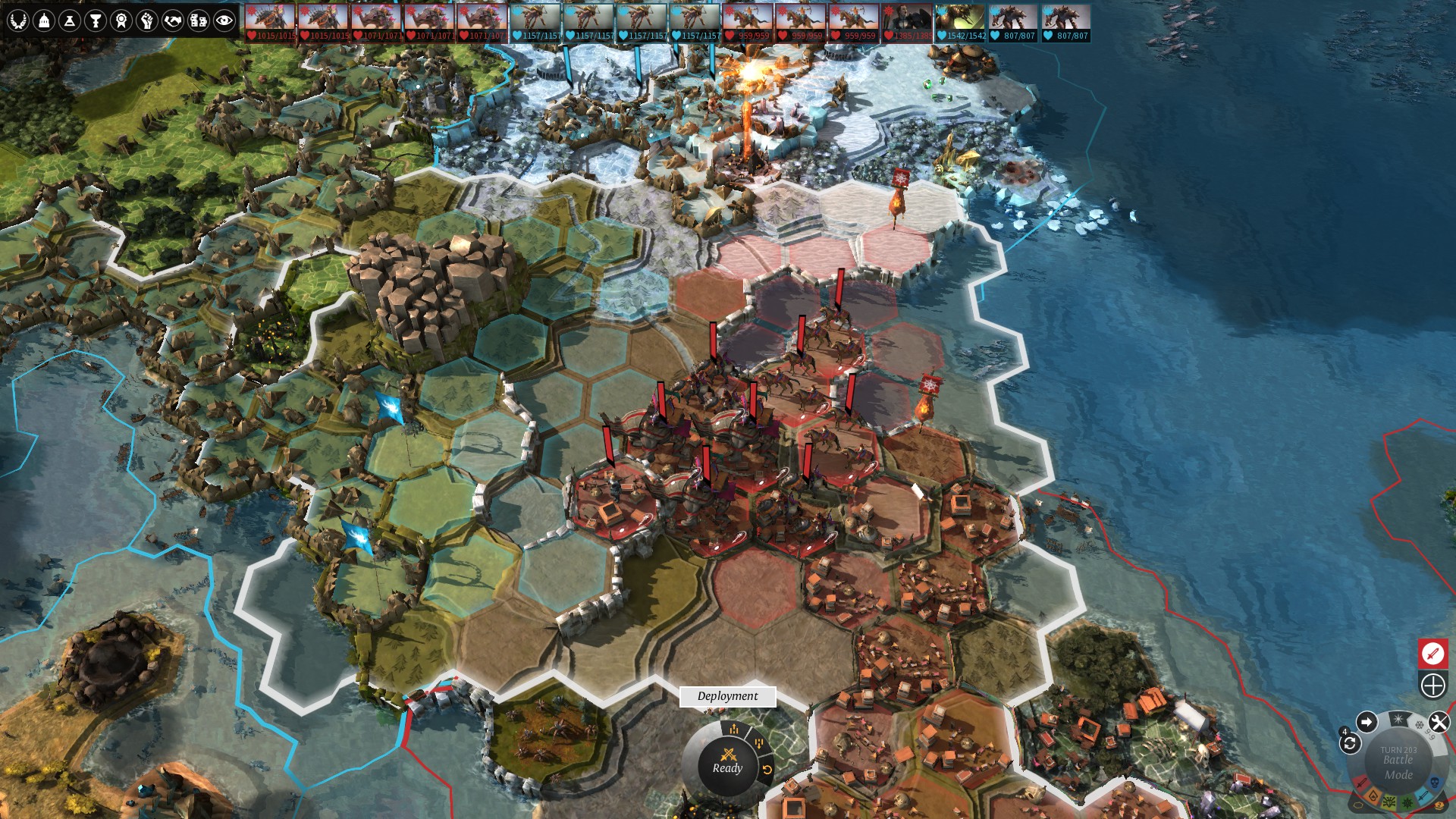
Turn-Based Strategy
Many strategy games are turn-based and operate very similarly to board games. Almost all strategy games are grid based, which allows easy swapping out of modular components. Tile types can be triangular, square, or hexagonal. Tiles can also be 2D or 3D terrain. The most popular type of RTS is 4X, or empire-building strategy games. 4X refers to the core principles of eXplore, eXpand, eXploit, and eXterminate. Diplomacy and negotiations are also considered integral to the experience for some players.
To maintain balance between players, most maps are either prebuilt or procedurally generated with algorithms ensuring resources are distributed fairly. Strategy games don't necessarily have to have a fancy art style to play well, but nice graphics are always preferrable. The important thing is that the player should be able to easily select and deselect tiles and be able to tell what is going on across the map at a glance.
SinisterDesign: Unpredictability and Control in Turn-Based Combat

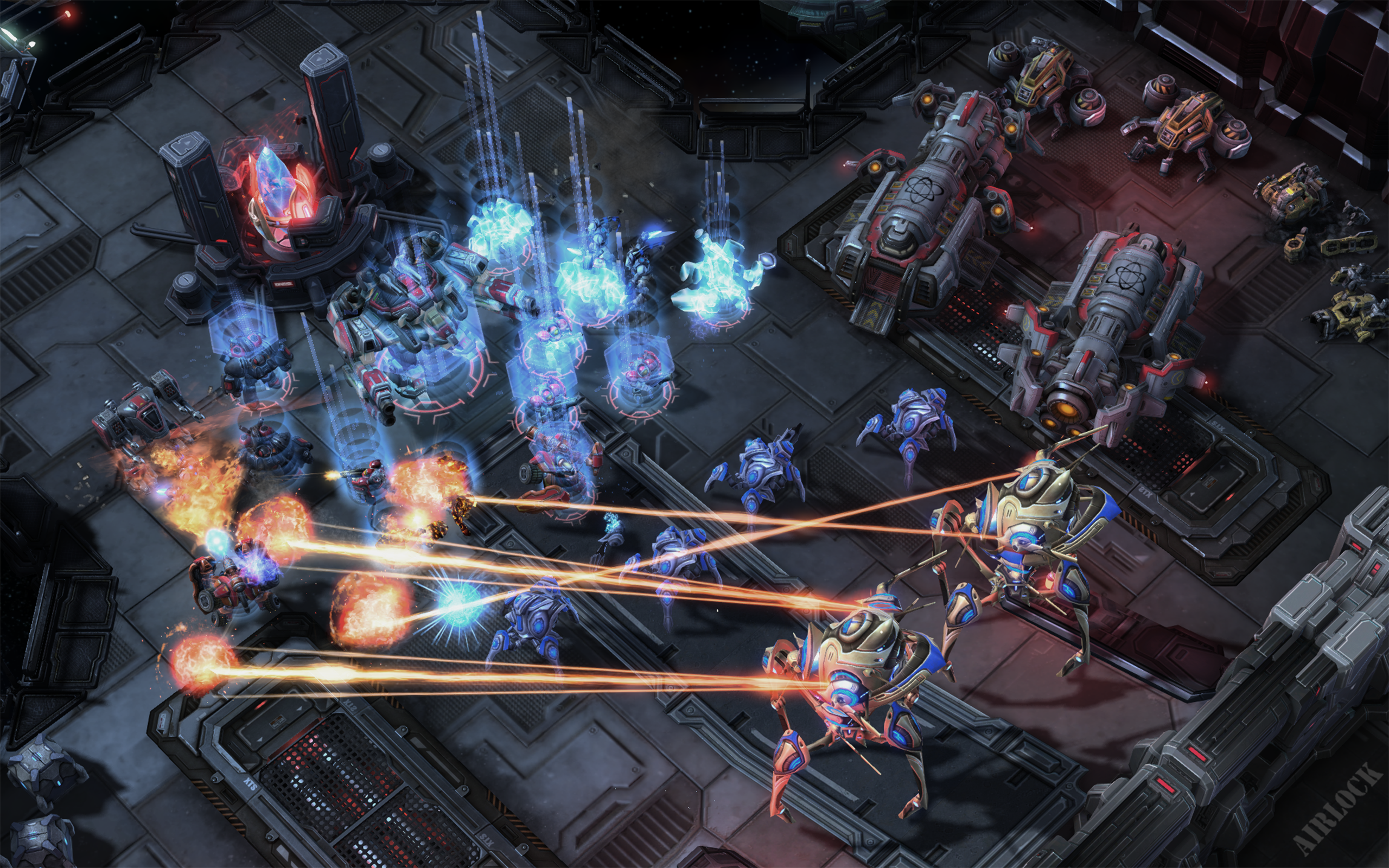
RTS
Real-Time Strategy games do not use turns. These games offer an alternative to turn-based strategy games that can take hours to finish one campaign. Players can use a mouse to assign movement to units, squads, and resources. RTS games have been criticized by some serious turn-based strategy gamers for sacrificing depth and thoughtful planning for fast combat and attrition tactics. The RTS gamer response is that turn-based strategy games are boring snoozefests. Some games have attempted to offer both options by allowing pauseable tactical combat or offering different playstyle modes.
Leeroy Jenkins
Know Your Meme: Zerg Rush

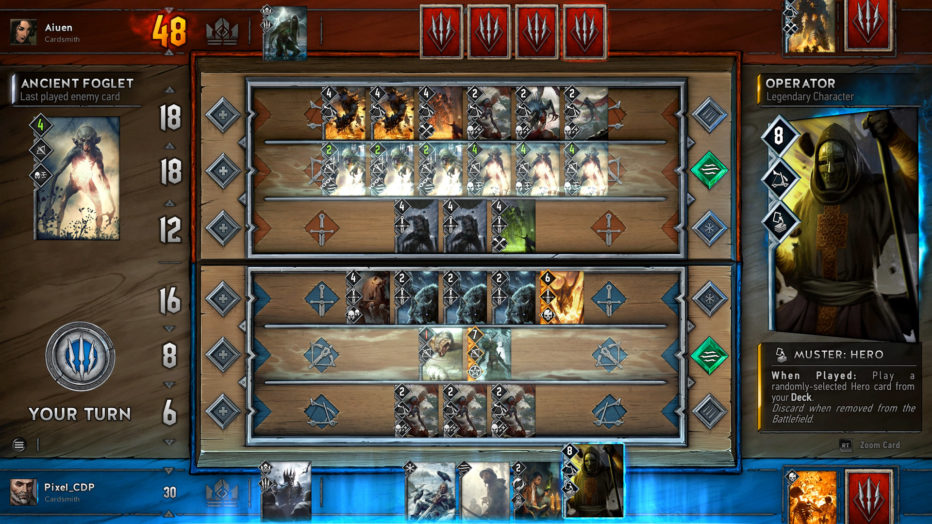
Trading Card Games
Digital card games are another form of strategy game that has become more popular recently as tie-ins to franchises. The game mechanics are the same as with physical card games, and the illustrated art style appeals to people who might not normally be interested in strategy games. Digital card games are also more accessible to new players who might not have their own deck. People don't have to have friends who collect cards to play against people online. It's a good way to avoid the costs of printing and distributing physical cards. There are usually different variations to play the game, ensuring the gameplay doesn't get old. Card games are based on chance as much as skill, so having a lot of variation in cards balances out the matches.

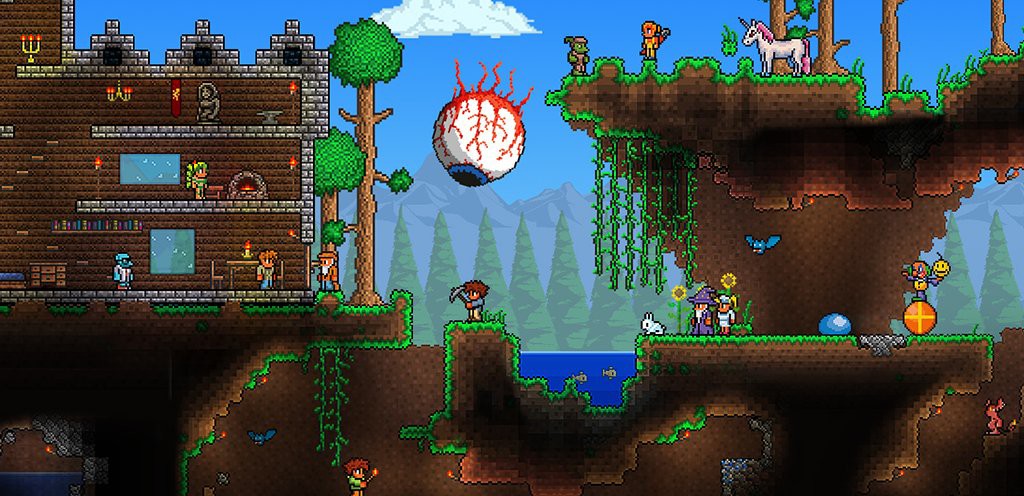
Sandbox, Simulation, and Construction Games
Sandbox games throw game objectives and rules out the window. Players are given the power to create the game they want to play. Open world exploration, collecting, crafting, and building are key components. Sandbox games tend to be less technical than actual level editors, and construction components are usually limited to preset models without extra modding. 3D games will require some kind of rudimentary physics. Sandboxes can experience lots of glitches due to players purposefully testing out things that the game software was not intended for.
One advantage of these type of games is that they don't need excellent graphics, complex models, or art skills to make. They can also get away with not having a linear story.

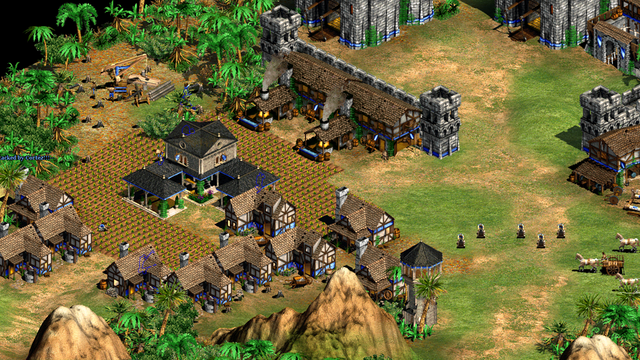
Intermediate Game Design
Many of the early games from the 1980-1990s were procedurally generated Dungeon-Crawlers, RPGs, and Rogue-like adventure games. These types of games used simple 8-16 bit graphics and text dialogue, but were far more ambitious in scope than their predecessor Atari arcade games. Dungeon crawlers could feature more levels, exploration, and player customization options. These games require more assets and can take a lot more time to make, but the important thing is that it is achievable for a small team of 2+ people to create a complete working game.
A compromise between the flatness of pure 2D platformers and the complexity of 3D modeling is the isometric or othographic view. Isometric refers to a tilted xyz-axis ground plane, which adds a top-down 3D camera perspective while still retaining the benefits of 2D up-down-left-right movement. The main drawback is that isometric games use more directional sprites than flat 2D games, and also are a little more complex to create environments for.

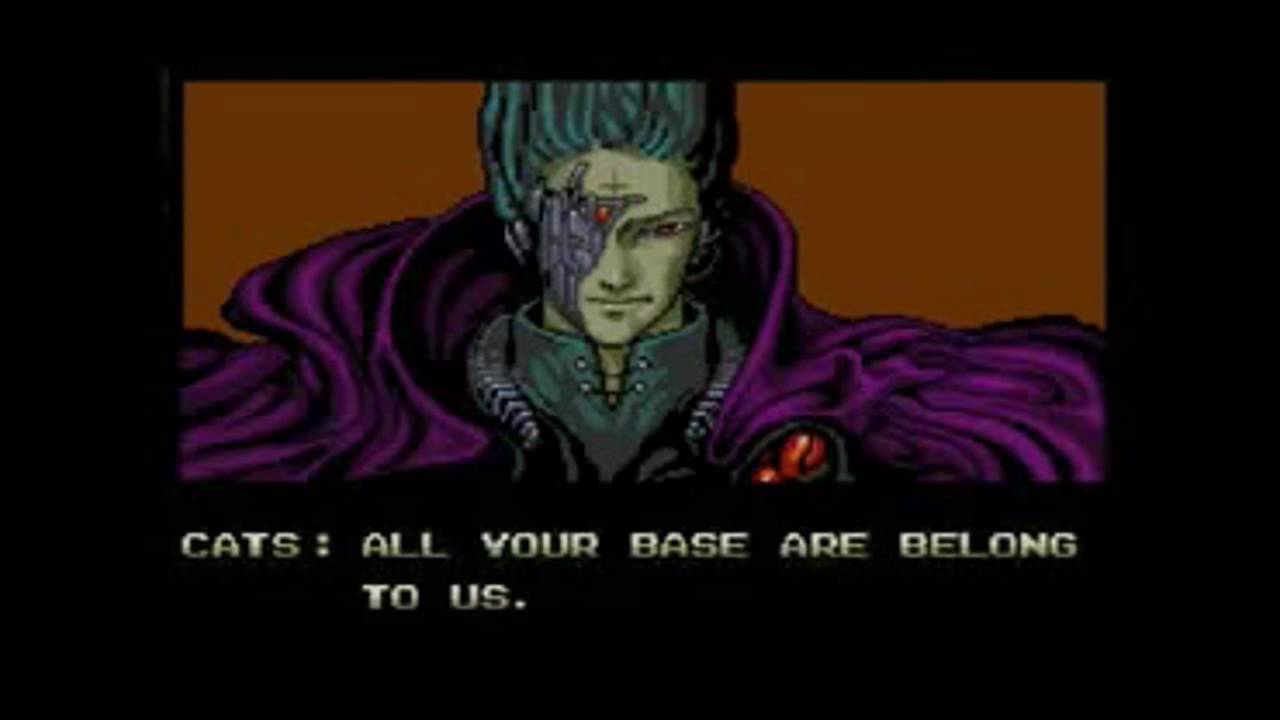
RPG Dialogue and Exposition
Small teams generally don't have the budget or time to create lots of character animation for NPCS, elaborate cutscenes, or interactions. Static profiles, narrators, scrolling text, books, or radio messages are ways to provide exposition and hints to the player throughout the game. Live-action footage and rotoscoping can also be used, but this technique is known to produce very mixed results.

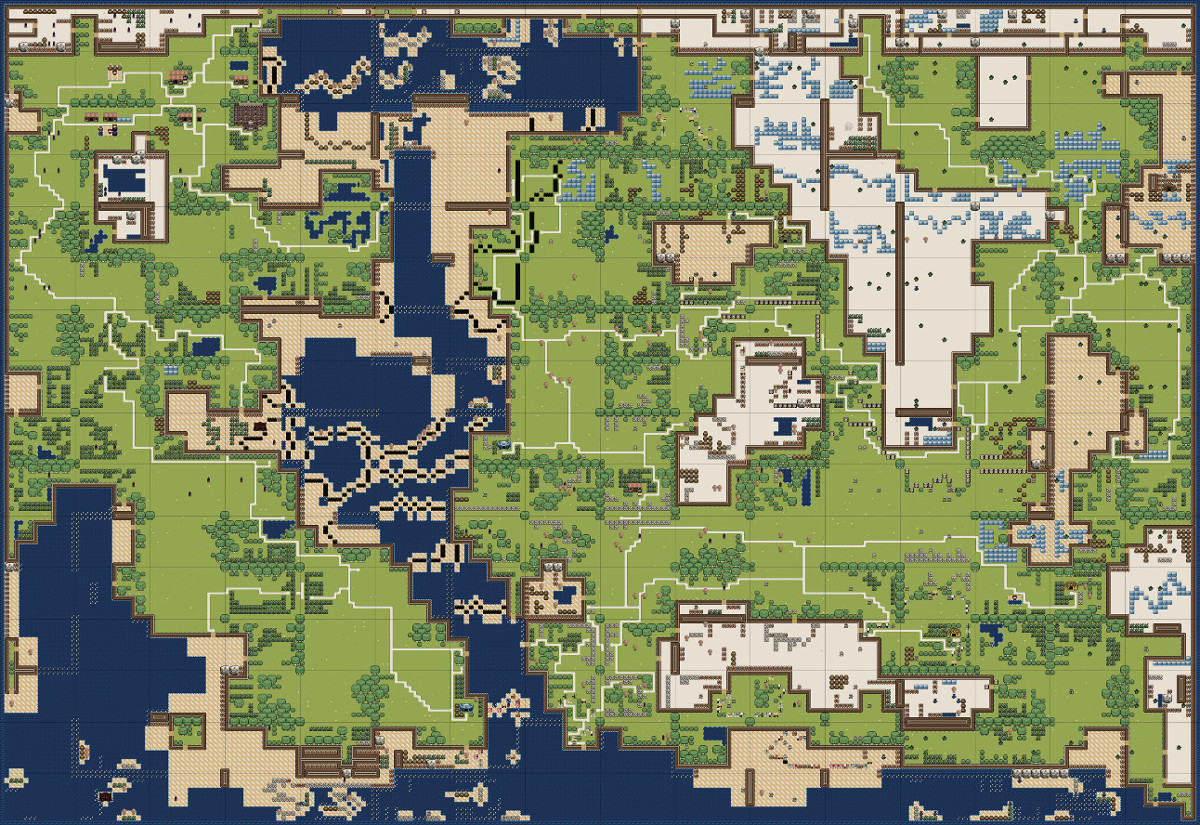
Procedural Generation
Procedural generation is used to generate random maps, levels, or assets. It can theoretically produce an infinite number of combinations that will never be exactly the same, and it doesn't require a lot of memory space. Procedural generation works best for grid-based terrain and maps of limited size. Random enemy encounters are also an example of procedural generation. Most studios use procedural generation sparingly since custom level design allows greater control and provides a better player experience.
Fractals, Perlin Noise, the Midpoint Displacement Algorithm, and recursion are programming concepts that relate to Procedural Generation. Imperfect factories can add slight variations when generating lots of assets like trees, foliage, rocks, or NPCs, ensuring each one is different.
GDC: No Man's Sky: How I Learned to Love Procedural Art
Wall Street Journal: Borderands 2 Procedurally Generated Guns

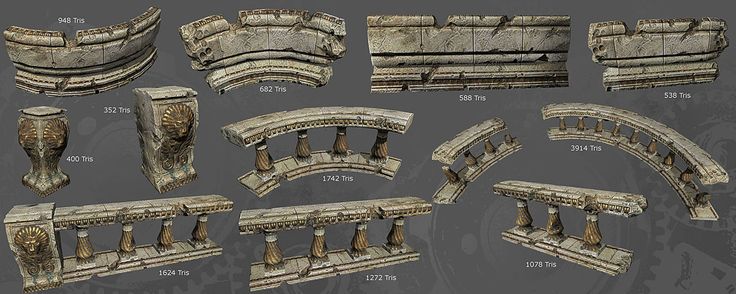
Modular Elements
Modular elements are time-saving assets that get copy and pasted to create larger structures without having to model every detail from scratch. Corridors, walls, caves, floor tiles, and hallways are usually modular, along with other architectural features. The trick is to create interchangeable components that have the potential to be used as many times as possible. Slight variations break up the tiling effect. Substance textures or procedural generation can be implimented to produce small alterations.
GDC: Fallout 4's Modular Level Design
Playcrafting: Approaching Environment Art as a First Time Indie
Cliff Schonewill: Modular Elements in 3D Modeling

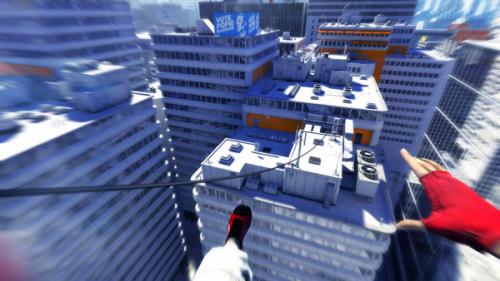
Point of View
Most 2D games have a fixed camera looking directly from the side, which is pretty straightforward since everything is 2D. Point of view plays more of a role in 3D and isometric games. The smart choice for an unexperienced game designer is to impliment a first person perspective. This is a good way to avoid having to do much character animation, and it can make the player feel more engrossed in the game world.
Third person view allows the player to see over the head of their avatar model, and offers better peripheral visability. The camera doesn't necessarily have to be fixed. A lot of strategy and level building games offer 360 degrees of camera movement and zooms. This can cause undesired control issues in action-based games. Most games just resort to cinematic cutscenes to focus on any important actions where the player needs to see character animation.
RocketJump: First Person Mario
GDC: 50 Game Camera Mistakes

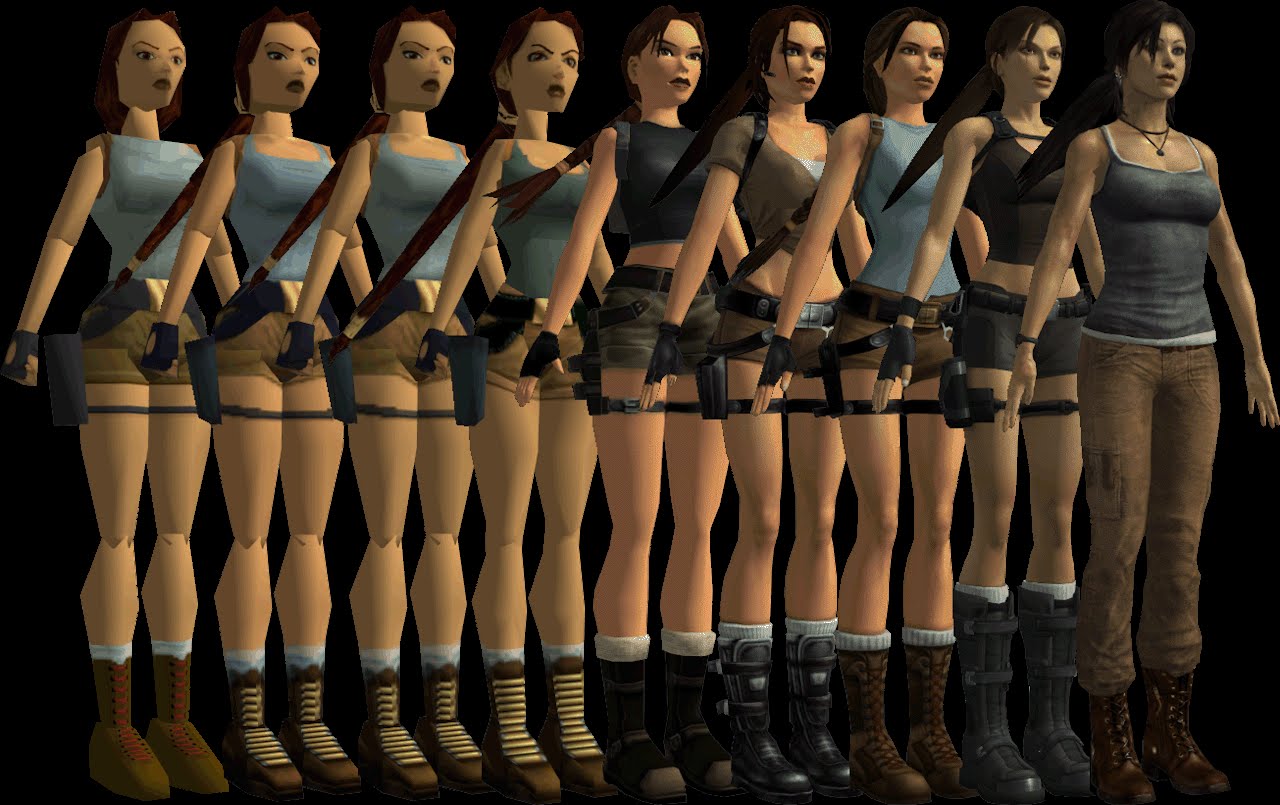
Advanced Game Design
Due to the high graphics and production standards set by AAA games, creating a 3D game today is much more complicated than the early 2000's. The biggest changes are in the field of realistic texture mapping, shaders, physics, and lighting. Adding details to the degree where even a nonessential mesh of folded laundry looks photorealistic increases the workload for game artists tenfold.
It is possible for a small group to create a 3D game with modern graphics, with a few caveats. The game needs to be short, have as few animated characters as possible, and limit the scope. Open world sandboxes and multi-levels are probably out of the question unless the graphics quality is scaled way back, like in Minecraft. Exploration games can be done if the emphasis is solely on the environment.
The biggest issue obstacle indie developers will encounter is that they have an interesting concept that never gets fully realized. So many indie games have a unique art style, surprisingly good graphics, or start out with an interesting story. Unfortunately the good stuff gets overshadowed by glaring flaws and weaknesses. Most often this is described in reviews as feeling incomplete. At best, the game may be missing components, it may seem sparse, or have a sudden unsatisfying ending. Major bugs, wooden characters, plot holes, repetitive elements, and overall lack of cohesion are some other common problems that are a disappointment to gamers. The game had the potential to be great, but ended up being dragged down by a few parts that weren't developed as much as other areas.
The Order: 1886 - Bringing the Game to Life
Pixel Pioneers: A Brief History of Graphics Part 1
Polygon Realm: A Brief History of Graphics Part 3
Digital Foundry: Uncharted 4 Tech Analysis
The Cinematic Legacy of Square Enix (Recap)

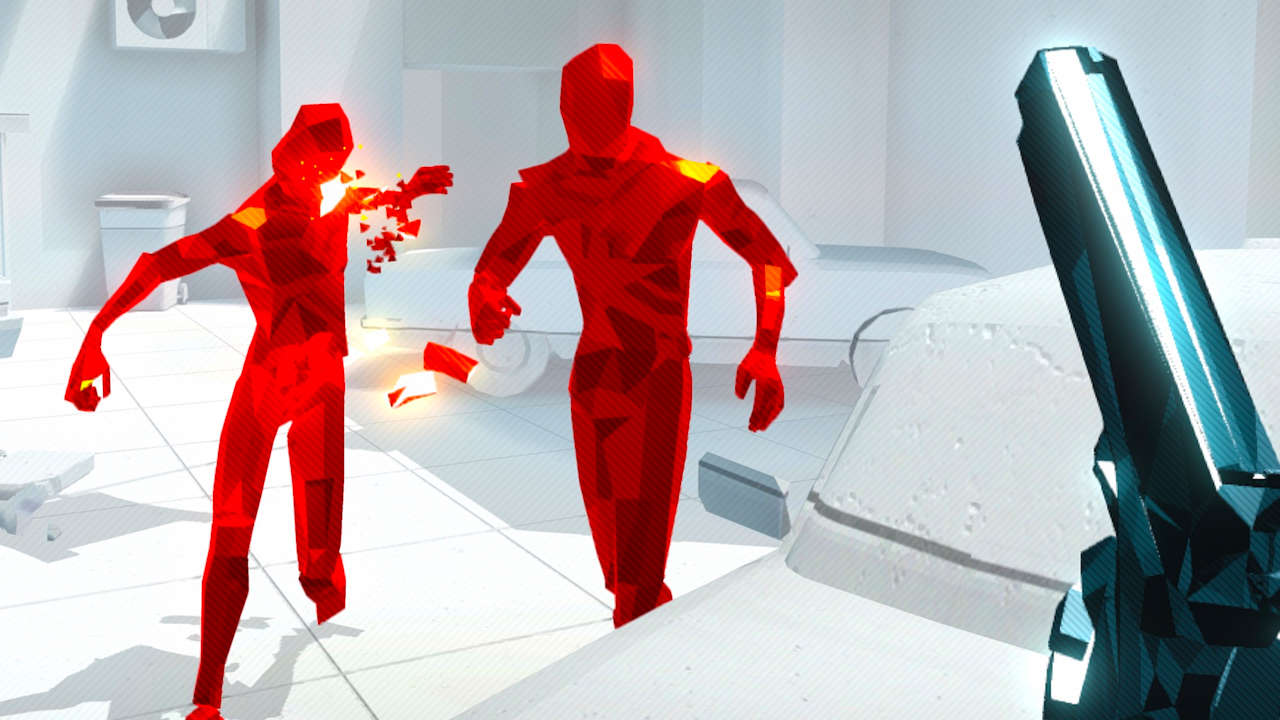
FPS
First person shooters are the most prominent type of game on the market. The standard FPS comes with an array of weapon types that generally have different ranges, damage output, and amount of ammo. Each gun involves a different animation for firing. Some video games don't bother to animate actual bullets being fired from the gun, as this is redundant for the speed that the bullet travels and would only take up computing power. Bullets can be simulated with discarded shell casings and impact holes in walls.
Bullet impact is measured using a Hitscan, which works similar to the algorithm for raytracing light reflections. If an object intercepts a projected beam at the same time the player presses the trigger button, the beam will return a value that will be interpreted as a collision. It's a lot of physics and math for a gameplay feature most players don't give a second thought about.
Gameranx: How Do Bullets Work In Video Games?

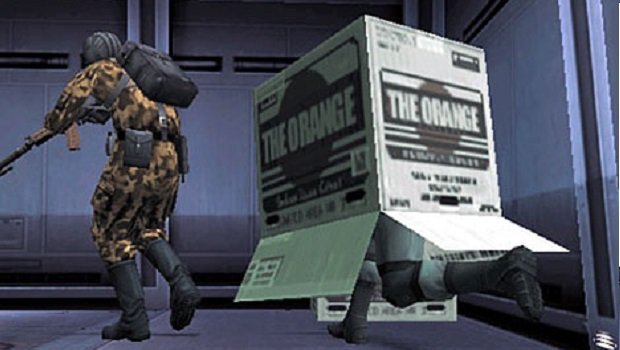
Stealth Games
Mechanics-wise, stealth games seem fairly straightforward. However, they can be challenging to get right since so much depends on the responsiveness of the enemy A.I. algorithms. Programming the A.I. to be overly sensitive will result in immediate detection and offer no chance to escape or go into hiding. Making the enemy NPCs so oblivious they continue along their programmed paths even after being attacked or discovering a suspicious fallen comrade kills the entire stealth experience.
Extra Credits: Like a Ninja - What Makes a Good Stealth Game

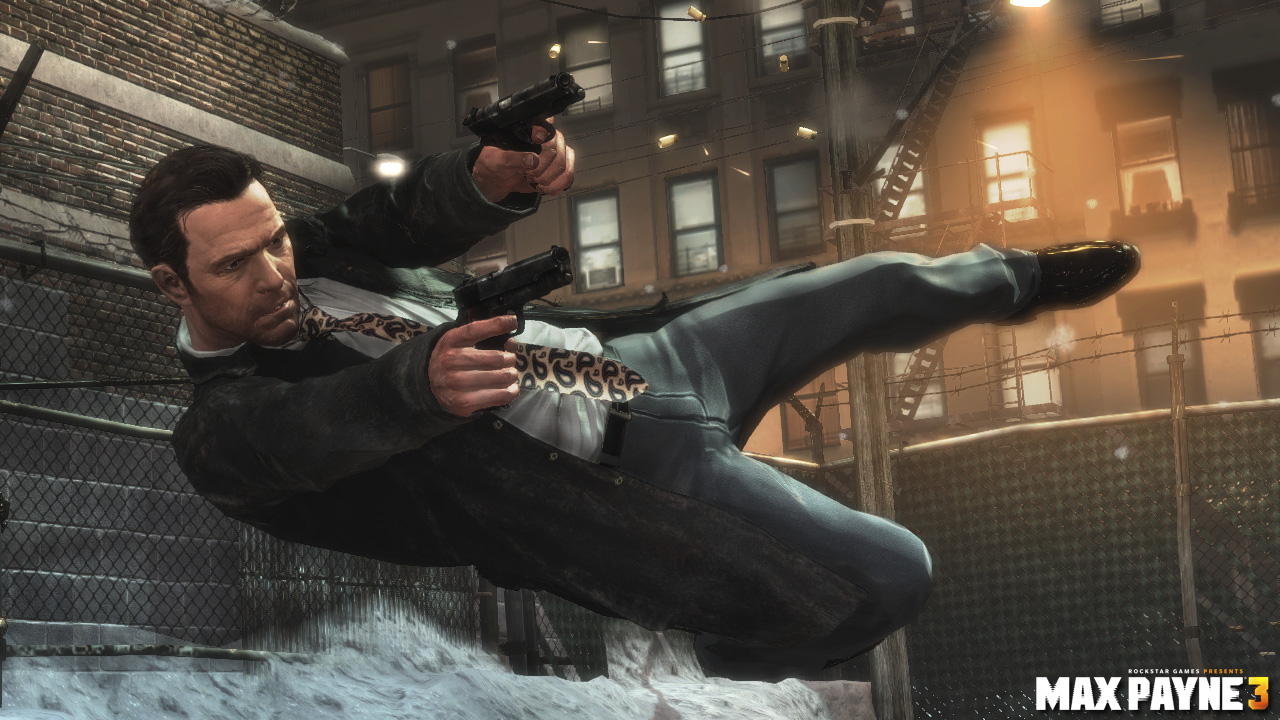
Slow-Motion and Bullet Time
A popular embellishment to gameplay is to create special slow-mo animations or cutscenes for enemy takedowns. This adds complexity for game designers, but it looks pretty cool.
The way slow-motion shots are done generally involves reducing the global room speed in relation to the player. This still allows the player to move normally, and the speed can easily be switched back to normal without causing gameplay issues. Bullet Time uses multiple cameras taking shots from different points around the action, so that it is possible to spin around the frozen action in 3D space.
The Matrix Behind the Scenes
Gamasutra: The Art of Designing Visceral and Engaging Bullet Time

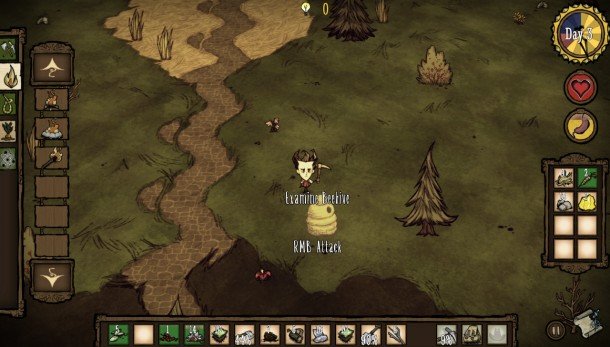
Survival Games
Survival games can fit into the category of open world sandbox, RPG, horror, or action/FPS, depending on the context. Survival games generally share the need to gather or manage scarce resources and craft gear, traps, or defenses. The player is usually very isolated, surrounded by hostile threats.
The best survival games convey atmosphere and pose challenges. Lots of games tend to go easy on players to make the game somewhat enjoyable and make the player feel empowered, but survival games need to do the opposite. The player should feel scared, alone, and helpless. Items shouldn't be easy to find. Enemies should be more powerful than the player to put them at a constant disadvantage. The game A.I. shouldn't be predictable. Injuries, illness, and adverse temperatures should have consequences that hinder the player. The environments should be unforgiving.
It takes a lot of planning to figure out all the various ways something can go wrong and kill you. A lot of developers make the mistake of creating a game that cannot be beat without lots of starting over and grinding. The trick is creating a game that is tough, but not so punishing that it ceases to be enjoyable.
Extra Credits: When Difficult Is Fun - Challenging vs. Punishing Games
Extra Credits: Survival Horror
Critics at Large: Risk and Reward: Dark Souls & The Balance of Difficulty in Gaming

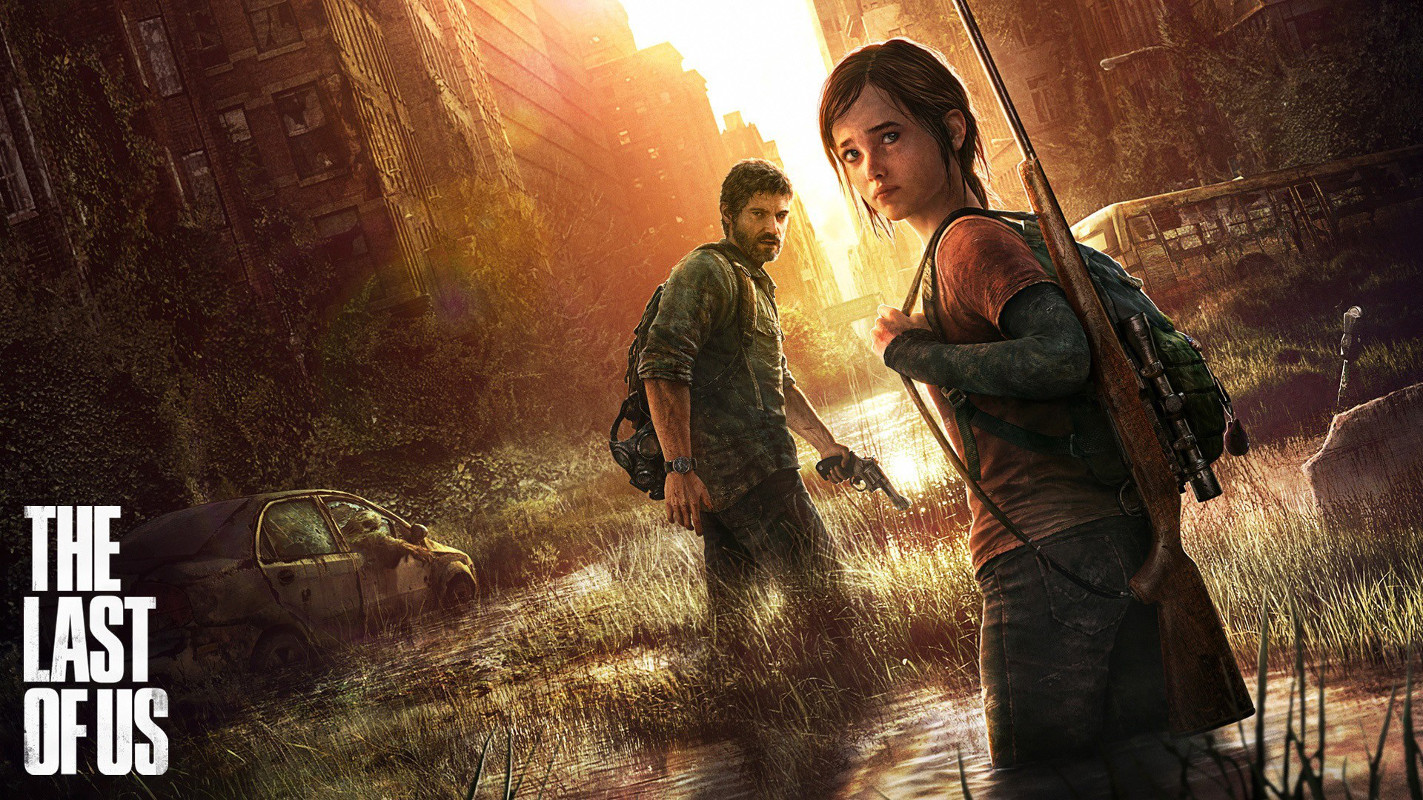
Companions
A step up from the stationary NPC, companions follow the character around and assist on missions. Game designers seem to have learned from past mistakes with dreaded escort missions and overbearing stereotype characters that were more of an annoying burden than useful assistants. Most companion characters now are fairly durable in combat situations and don't incessantly repeat the same two lines over and over. Game developers have also figured out how to create better pathing A.I. so the companion character is better at tracking the player's movements to follow, attack, or move out of the way.
A well-written companion should be more than just a useful asset in gameplay. Even though player companions aren't alive, many gamers do form a sort of attachment to the NPCs. It makes playing a solo campaign a little less lonely. If the player is willing to go back to a previous save to try and prevent an untimely death of their beloved Dogmeat or Companion Cube, the design team has done their jobs right.
Some games allow the player to take control of other characters. This can be useful for adding different abilities and team dynamics.
Gameranx: How Do Video Games Have An Emotional Impact On Us?

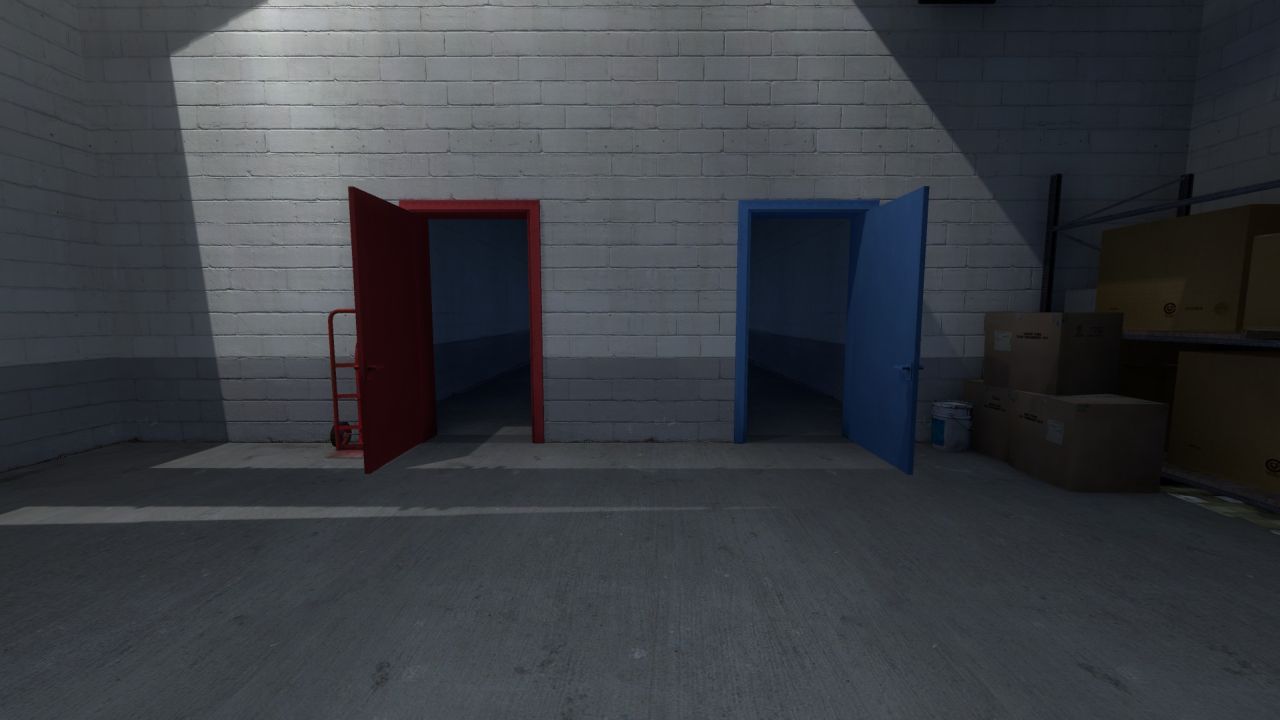
Meaningful Choice
It is very difficult for game developers to program in tons of alternatives that will drastically change the course of the story. As a result, most storylines follow a core narrative that is very rigid. The ending will be pretty much the same no matter what the player does, regardless of whether you choose the door on the left or the door on the right. Morality system dialogue trees and sidequests tend to be the worst offenders for providing filler that gives the appearance of choice, but ultimately doesn't impact the main narrative.
More and more developers are seeking creative ways to create nonlinear storytelling that allows the player's decisions to actually matter. So far, the most successful efforts have been in the realm of very contained settings where developers can concentrate on crafting very specific responses for the A.I.
Some developers have accepted that video games are just games and they have programming limitations. Efforts can be better spent improving other aspects like exploration or combat instead of futilely attempting to make an NPC have the emotional range and mental capacities of an actual human. Game developers shouldn't try to cater to everyone by trying to make game choices completely customizable, but rather tell a decent story and offer certain features that make the game fun to invest a few hours into. Game designers design games; it's unreasonable to expect them to be miracle workers.
Pentadact: Why Nonlinear Storytelling works in Her Story
Pentadact: The Cost of Simplifying Storylines
Pentadact: Multiple Routes in Deus Ex
Destructoid: How Philosophy made The Stanley Parable Great

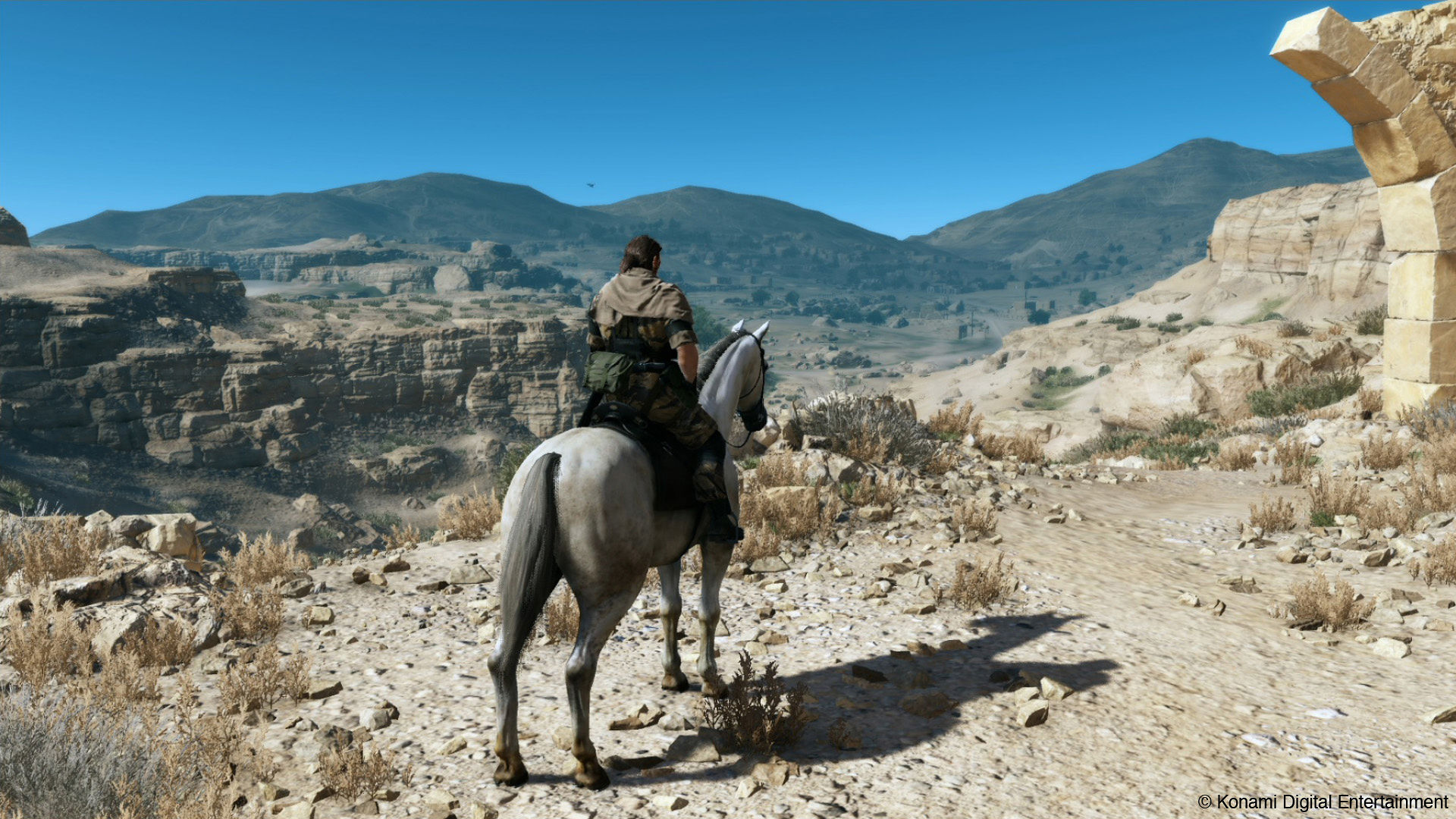
Open World
Open world games differ slightly from Sandbox games in that they generally offer a more fleshed out world where endless exploration is possible, but there are still missions and a storyline. One of the most notable features of modern open world games is that they are getting bigger, yet every detail is carefully planned out by designers. Procedurally generated content and sandboxes are making a comeback, but it seems fair to say that the hyperrealistic open world settings will set a high standard for the future of immersive gaming.
Gameranx: Evolution of Open World Games
Co.Create: How To Create A World: Skyrim's Director Todd Howard On Building A Never-Ending Fantasy

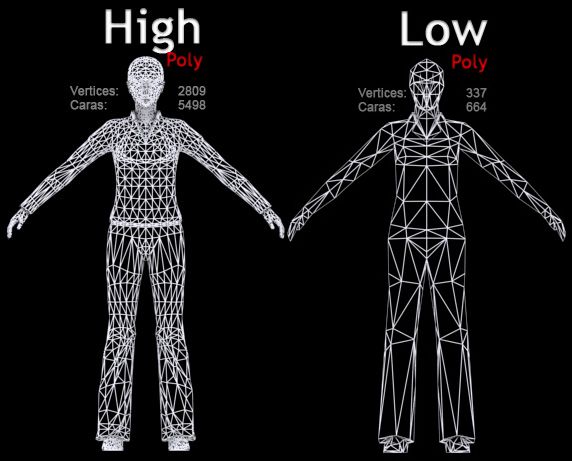
Low-Poly Models
Games have to perform in real-time, which means geometry and in-game assets must render at a frame rate of around 30-60FPS. Highly detailed models with thousands of vertices would cause the game performance to lag, so game designers have to cheat a little by creating 3D models with less geometry, but the same amount of detail as a high quality model. This is accomplished by reducing the number of overall faces and vertices to the simplest possible 3D form and then using displacement map textures to reproduce fine details and surfaces.
A high poly model is generally made first, then copies are made reducing the geometry to a mid-poly and low-poly model. This provides the option to run a game on different quality settings and on new and older game systems without affecting performance.
3D game models must adhere to a rule of being modeled in only quadrilaterals or triangles. Quads and triangles cannot mix. Most game engines can automatically convert quads to triangles as long as there are not any weird vertices.

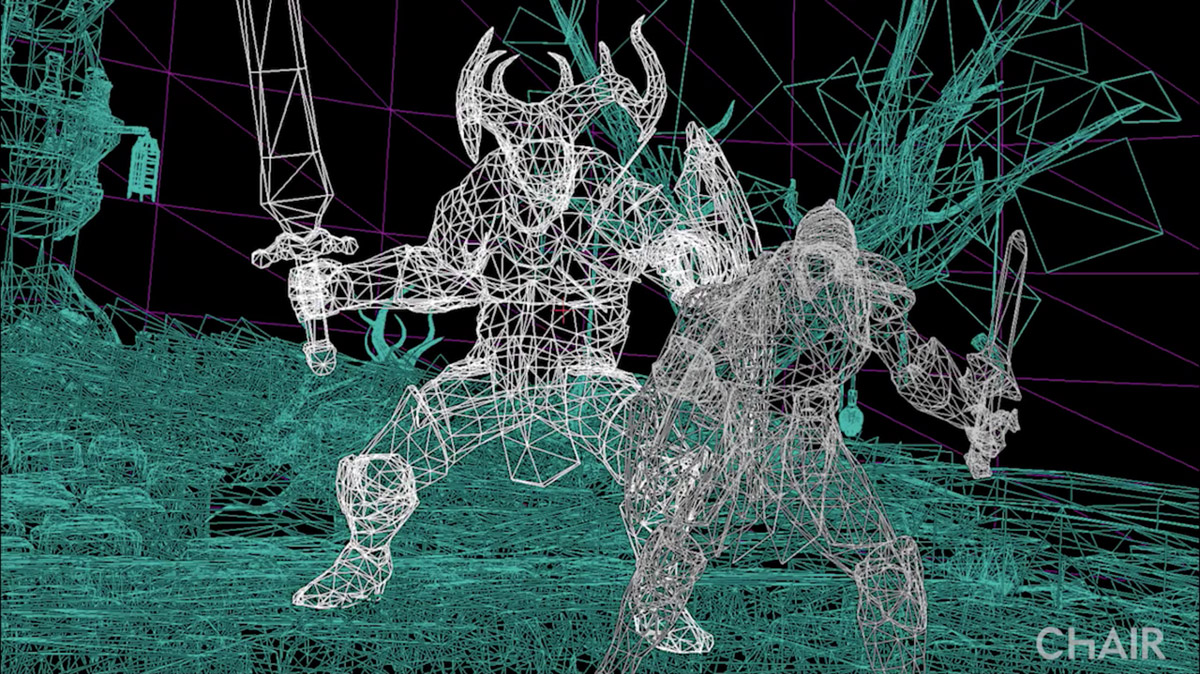
Wireframes, Culling, and Clipping
A computer reads stored video game models as pure data, in this case a string of coordinate numbers correlating to a series of points in virtual space. To store the model information, the game engine will translate the wireframe vertices into a triangle vector mesh. The polygon mesh is now able to be controlled by programming functions and preset animations.
Textures are not directly affected by the game mechanics programming. It is far less taxing on computer processors and memory to only track points and source files. The texture files are still attached to the wireframe points however, and they will resurface again in the correct areas once the wireframes are rasterized into pixels to appear on screen. This method is the most efficient way to bring high-level graphics without a long render time.
Hidden Surface Detection and culling determine which polygon faces are visible at any given time. Faces that are not visible will not render, saving processing power.
GameDev.net: Backface Culling

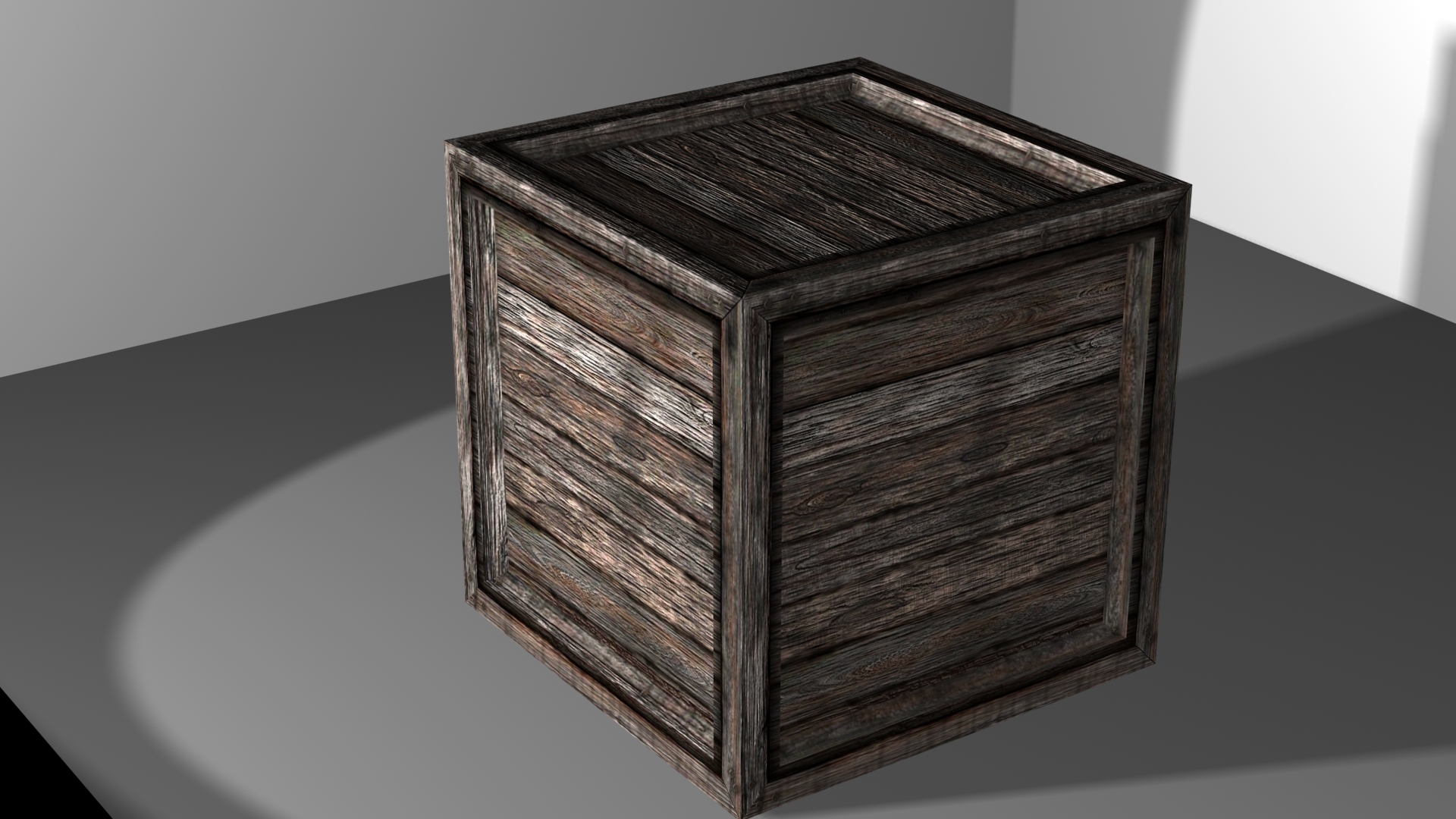
Importing 3D Models into an Engine
Models will need to be scaled properly to the scale of the world before they are imported. It is also recommended that all assets and scenes be oriented along the same xyz axis. If you are importing something that will have complex animations, such as a character, it is better to keyframe and bake the settings in an animation program like Maya or Blender. Blendshapes seem to cause problems in Unity.
Daniel Wood: How to export Maya models and import into Unity
UnityChat: Animating and Exporting from Maya into Unity

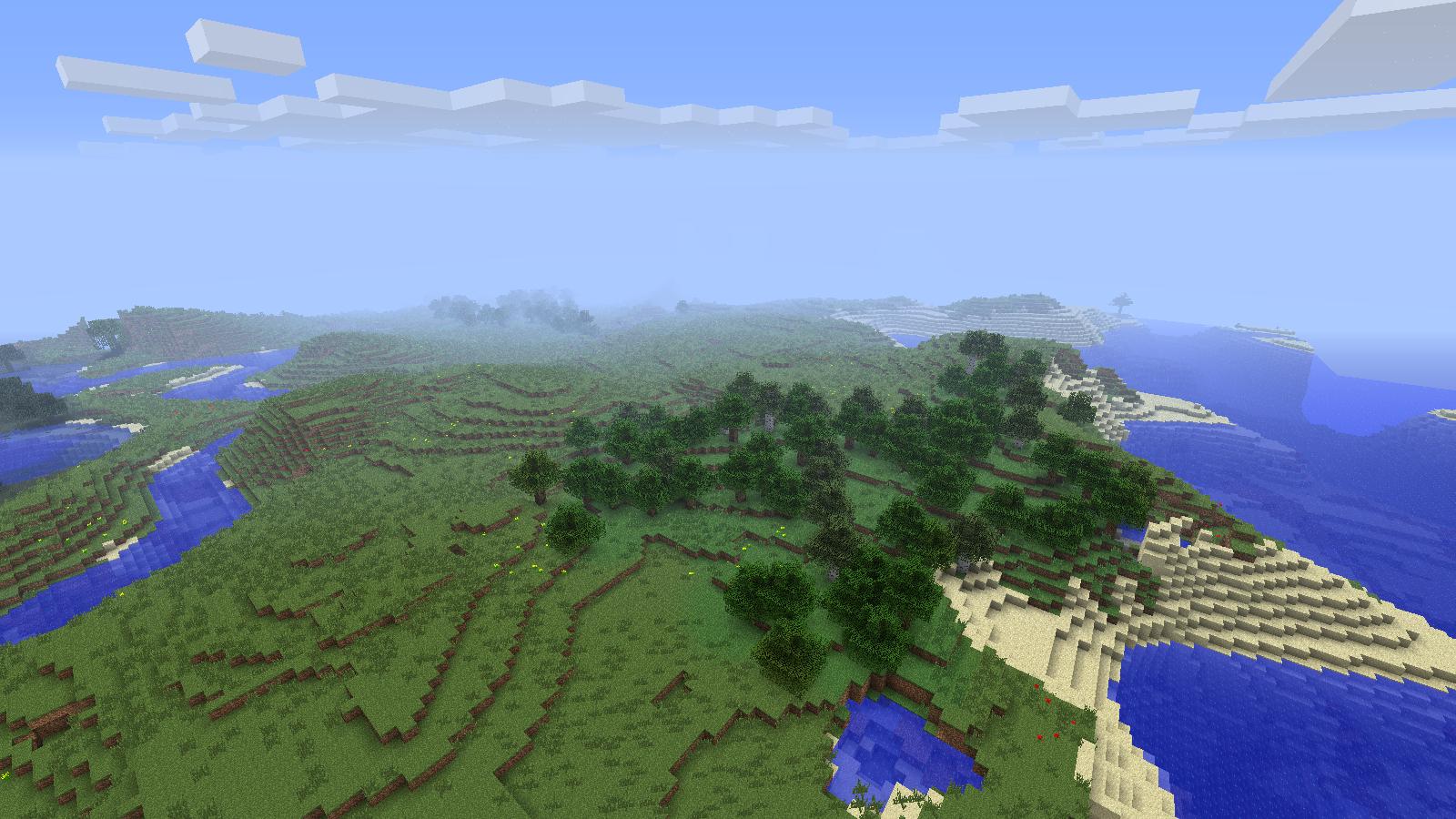
Draw Distance
Draw distance represents how far away the view will render from the player camera. Anything beyond the draw distance will not appear in view until the player gets closer. This saves processing power, especially with large open worlds. Fog is often used to make distant landmasses fade into the horizon. Another trick is to set up an adaptive level of detail system where geometry reverts to a low poly state when far away, but when the player gets closer to an object, more detailed textures will appear.

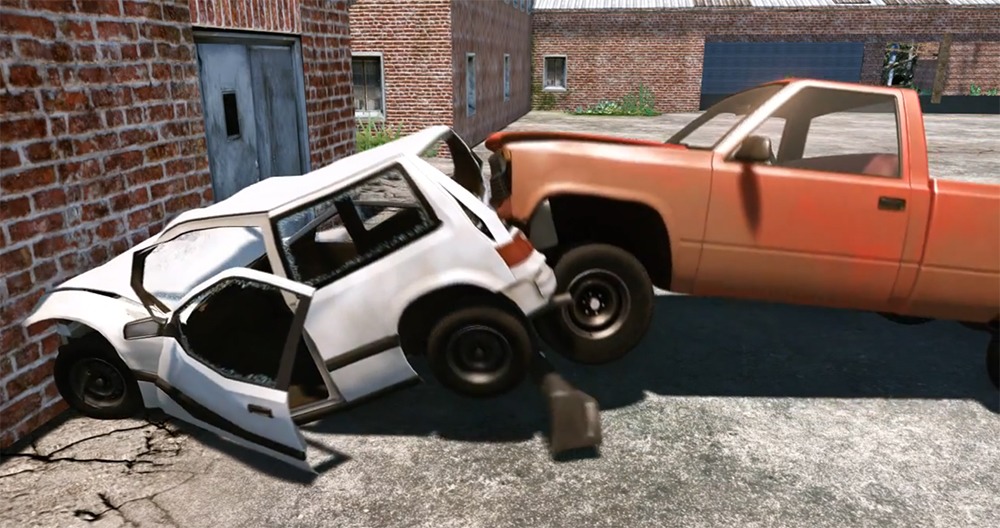
Physics Engine
Physics engines simulate Newtonian Physics by using discrete math formulas. Collision detection, particle systems, gravity, rigid body simulations, and soft body simulations fall under the category. 3D games require more advanced physics formulas than 2D games.
Roblox: Brief history of Physics in Video Games
Gameranx: How Do Ragdoll Physics Work In Video Games?
EuclideanSpace: Mathematics and Computing
Pekka Sandborg: Ragdoll Simulation

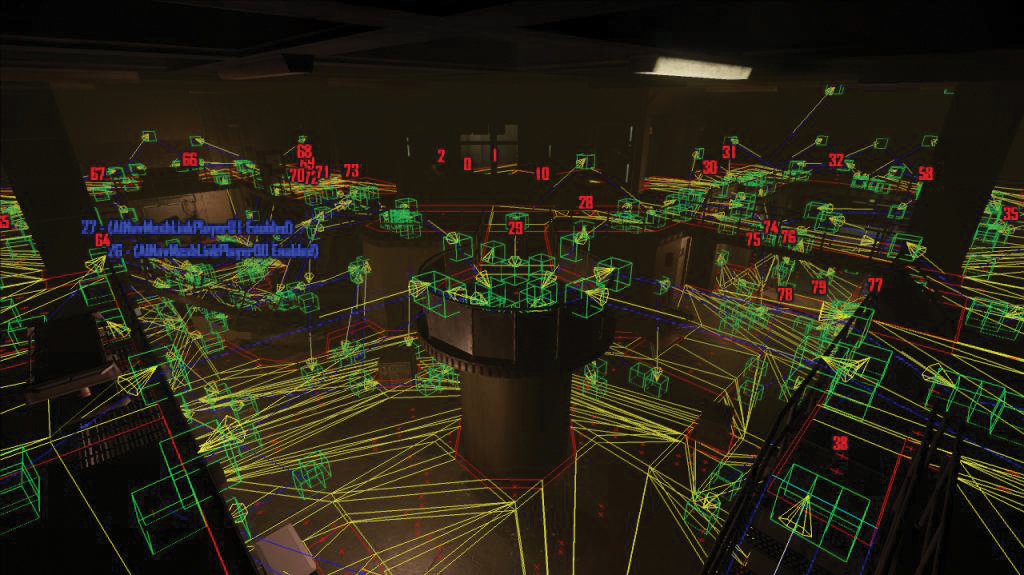
A.I.
Artificial Intelligence is the programming that determines how the game responds to the player's actions. Despite all the advances in graphics and game engines, A.I. is still fairly difficult to perfect. Most A.I. can be tricked by the player taking advantage of the computer's tracking limitations, leading to exploitation and some awkward situations where big scary enemies end up attacking a wall instead of the player crouched in a corner slowly chipping away at their health.
A navmesh lays out the paths that A.I. can traverse. A.I. tend to have an especially difficult time handling multilevel terrain with obstacles like rocks or columns. Navmesh algorithms can involve some rather complicated programming
Behavior trees are logic paths that determine what set of directions the A.I. will follow in a certain order. Finite State Machines are another similar type of system, but there are lots of other variations of A.I.
Squared Programming: Intro to Game A.I.
Gameranx: How Does VIDEO GAME AI Work?
GDMag: AI Architectures: A Culinary Guide
Gamasutra: Behavior trees for AI: How they work

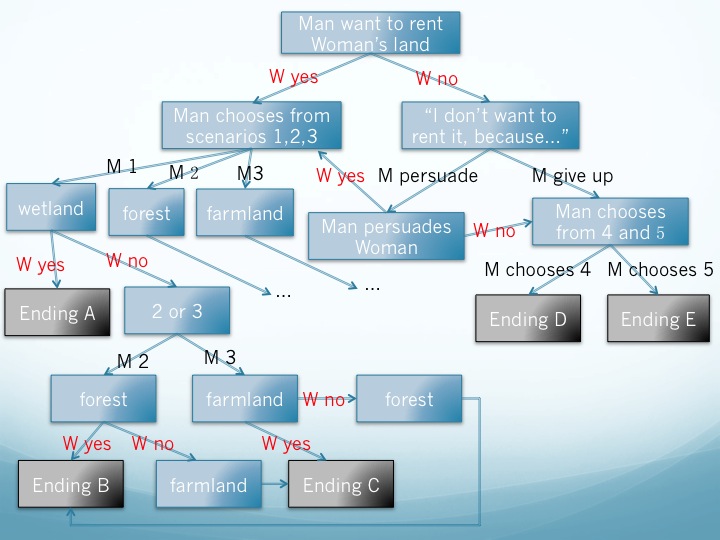
Mechanics and Game Logic
Mechanics seem scary to a lot of people since it is associated with programming, but the reality is that good game mechanics depend mostly on using common sense. Game developers should still be able to code, but more importantly they need to understand the subtle nuances of how a game plays. Developers must use their knowledge of other types of games to predict how gamers will react in certain situations, and address any problems that arise when gamers don't like certain features. Resources will always be limited, so developers work to maximize the payoff of a game with what time, tools, and team they have to work with.
Logic systems are what drives the game programming to respond to player control inputs. The more complex the game, the more convoluted the programming options can get, and the higher likelihood of creating unwanted bugs. It is recommended to start with simple mechanics for your first game. All game mechanics can technically be planned out using pencil and paper, which makes things much easier to deal with when it comes to the programming. Many developers create boards covered in post-it notes or notecards outlining all the assets, variables, and programming requirements for each level.
GDC: Magic: the Gathering: Twenty Years, Twenty Lessons Learned
PAX East 2011: Game Theory, Predicting Player Choices in Game Mechanics Design

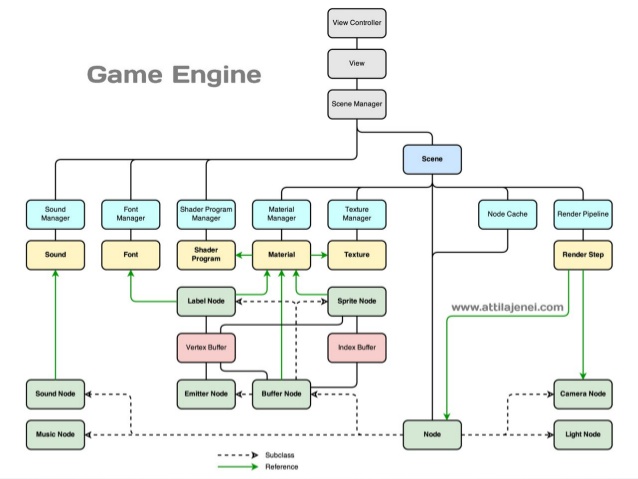
Architecture and Framework
If you really want to learn the technical details about this subject, Game Architecture by Jason Gregory is the book to read. Game Architecture is essentially the way everything is organized into tiers and nodes that are then linked together in a very complicated manner to produce a game on screen. Unity and Unreal also have a number of introductory tutorials covering the subject.
The core organization principle is the same across all programming languages, but the exact interface setup differs slightly for every engine. Most studios use in-house engines and build their own unique software and tools, so be prepared to encounter different setups at different companies. It takes practice to become familiar with the way everything is organized at a new job, so flexibility is an important trait for software programmers. Smithsonian: The Art of Video Games- Interview with RJ Mical


Modding
If you've ever felt like a game was missing something essential that would make the world so much better, then modding is the answer to your problems. Certain game developers are known to include free level design toolkits in the game source code. This allows people who might not be expert programmers to create new additions to a game. Skins, textures, and assets are the most common mods, but dedicated modders have been known to create large level and mission expansions. Modding can also be used to patch bugs or restore older games.
The caveat to modding is that mods cannot be sold or used to make a profit. Using open source game engines is a different matter, but any major fan work or modified game based on a copyrighted franchise should probably obtain legal permission from the respective company, just to be safe. Some modders have been hired based on their exceptional mod work, so learning the software tools can be an advantageous way into the industry.
NexusMods
Valve: Source Modding
The Elder Scrolls Renewal Project: Skywind
Videogamedunkey: Ultimate Skyrim


Multiplayer, PvP, and Co-op
Multiplayer games, MMOs, and MOBAs require setting up servers, online accounts, and long-term support and updates that would typically be outside the budget of a non-established independent game studio. However, a lot of major game companies are transitioning into multiplayer games simply because there is so much money being made in that area. Multiplayer game franchises can earn a studio more revenue with less work and risk than developing original titles every few years.
AAA studios are businesses, and every business follows an economic model to maintain a solid demographic of people who like their products and will buy future releases. Multiplayer is one of the best marketing strategies a company could ask for, in that it is measureably effective and less costly than traditional advertising. The majority of optional multiplayer found in big game releases are simple arena-style maps intended to allow people to play against friends. Using modified side content of a base game doesn't take that much additional work to develop, but this feature keeps people playing hours after they have beat the main single-player campaign. Everybody wins since the life of the game is extended, people have more fun, and the franchise is spread through word of mouth when gamers invite their friends to play.
The one downside of multiplayer games is that success relies entirely on players coming back to the game. If nobody likes the base game, then the studio could lose money if they don't cancel the resources planned for online support. It is also important that people remain active on the servers in steady numbers over a prolonged period of time. Usually the servers have a huge number of people playing in the first few months after the game releases, with a drastic decline over time. Unfortunately, some studios have figured out that the global industry has grown so massive that forcing multiplayer into a mediocre game franchise can still make large profits.
Gameranx: Why Couch Co-op Gaming Needs To COME BACK!

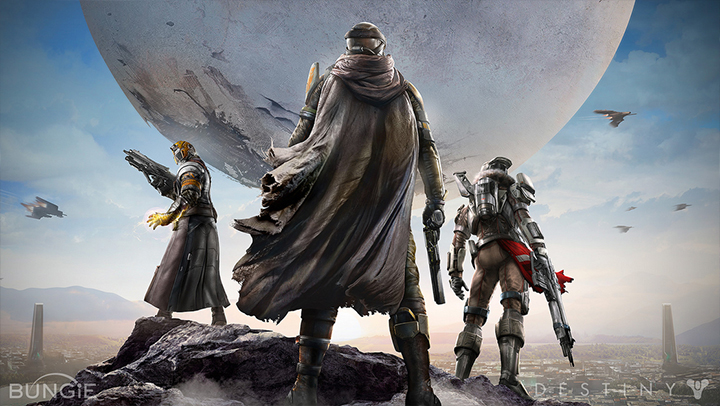
DLC
Recently, more companies have started using a less traditional DLC model borrowed from Mass Multiplayer Online developers. DLC adds new quests and new locations that extend the single player aspect of a game, but takes inherently more time and resources to create. Unlike the simple multiplayer level maps that can reuse existing game assets and aren't that much trouble to set up, game studios have to raise additional revenue to support DLC. The issue is that DLC gives game studios an excuse to release $60 games that don't have $60 worth of content, unless you pay more for the extra expansions. Studios have been criticized for using the popularity of their franchises to extort more money out of a loyal fanbase. To be fair, some studios do a much better job than others at responding to fans and delivering decent expansion packages, bug patches, and customer support.
When done right, DLC can be a positive thing. The promise of adding new stuff intermittently draws people back to the game when they get tired of multiplayer bouts. Prepaid Season Passes and DLC expansion packs add new content, and usually makes the game better than the original vanilla release. Each installment also puts some extra cash into the wallets of game designers so they can fund the next project. Later patches usually get better reviews since the developers are able to address complaints raised in earlier DLC.
Kotaku: How DLC helps Developers keep their Jobs

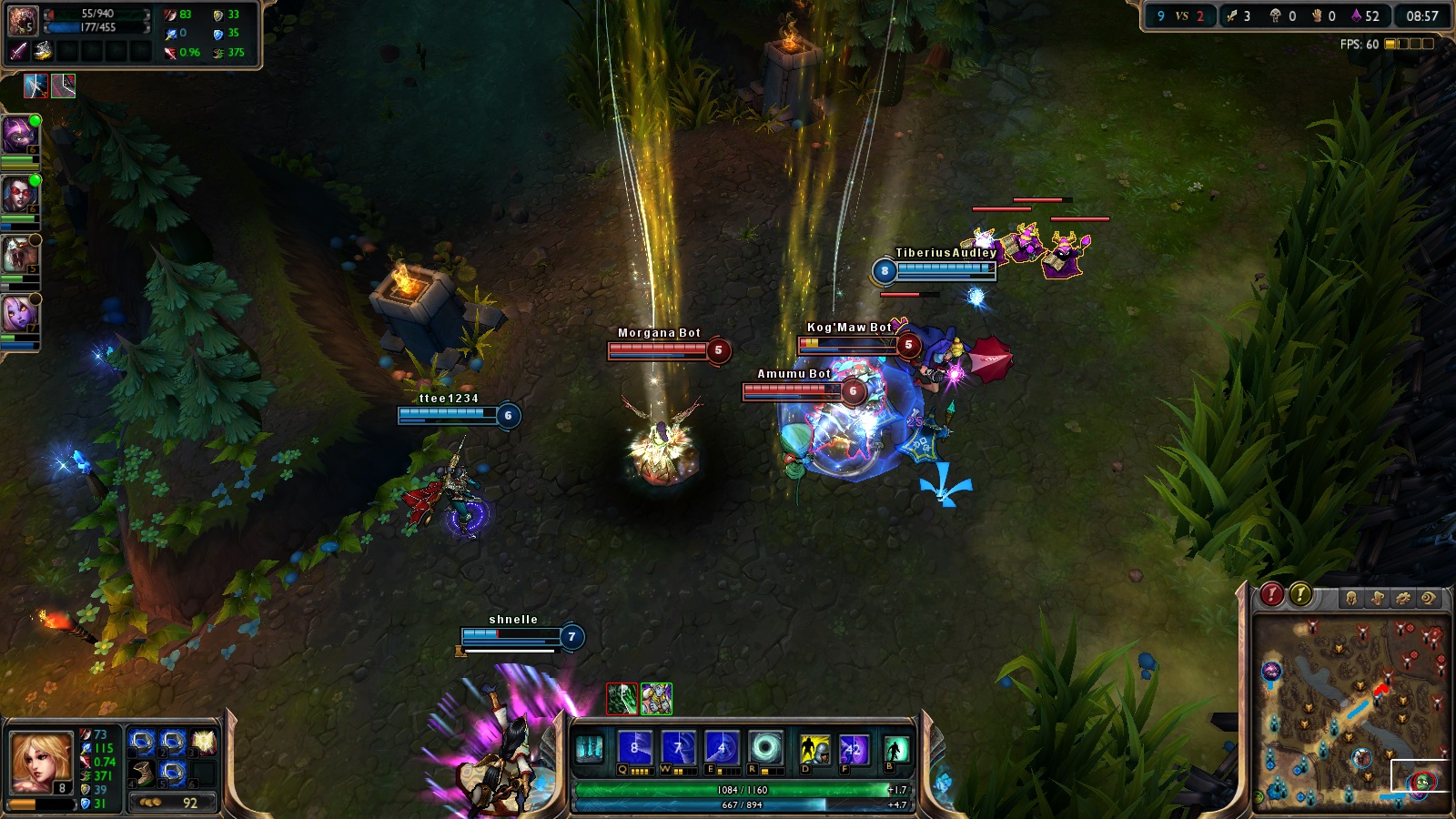
MMOs, MMORPGs, and MOBAs
The development cycle of a Mass Multiplayer Online game differs drastically from that of regular game studios. MMO development teams will work for years adding content to a game. Game companies release individual games in shorter development cycles of 2-5 years. The difference in production model requires a different type of economic strategy and means of building a loyal fanbase.
In order to keep players occupied while the studio spends several months working on creating more stuff to add in, game developers have to include lots of filler content. Players put up with fetch quests and grinding because it increases their level and rewards them with special items, gear, or skins. The multiplayer social aspect is a huge draw for people wanting to meet people online. Certain studios have perfected the art of attracting casual gamers and turning them into players with hundreds of hours logged on their account. Exploration, short but rewarding match battles, and roleplaying are major draws.
Despite feeling repetive at times, the level-rewards system is proven effective and highly addictive, which leads into how multiplayer games are so lucrative. Some MMOs are free to play, while others have monthly subscription fees. Devoted players who invest a lot of time into their account are generally more willing to pay microtransactions for access to more rewards that make the game more fun to play. It may seem like nobody would ever be crazy enough to pay $7.99 for a digital set of horse armor or bitcoin, but there is a select audience of people who do. A lot of players stop playing after they realize they have wasted 3,000 hours on a video game, but thanks to an overabundance of annoying pop-up ads, MMOs seem to have no trouble attracting gullible newcomers.
MMOs have been criticized for a lot of reasons, but there is potentially appeal for game designers who want to create elaborate worldbuilding and customization options in a game without having to deal with the awful crunchtime of standard production cycles. MMOs have delivery deadlines too, but it is not as big of a deal if things get delayed and stuff needs to be patched in later. Online games are limited by bandwidth, so MMOs can't match the same levels of detail found in released games. Online chatboards also have to be regulated, since trolling and insults are the bane of every online community. Some communities are notorious for being rather exclusive and unfriendly towards others, a testament to their passion for the game. MMOs tend to offer a fair amount of creative freedom for artists, as long as they stay within the general style of the game.
Extra Credits: The Future of MMOs

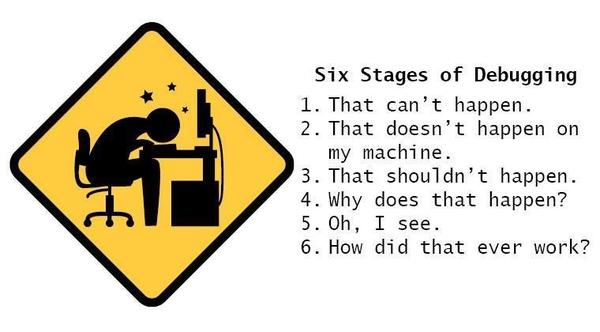
Debugging and Testing
Before a product is released commercially, it goes through extensive testing. Alpha and Beta tests use willing human guinea pigs (aka. game testers) to try and find bugs. Notes are taken and sent back to the developers to address any problems. It's important to note that development schedules do not provide enough time to go back and fix every single problem, so programmers have to prioritize which issues are most relevant. If a game ships with lots of problems, it is usually not the programmers' fault, but rather the production being rushed to meet a predetermined release date.
Porting games to be compatible with consoles, mobile devices, or pcs seems to cause the majority of game-breaking crashes and glitches. Nowadays, DLC content allows developers to patch bugs after a game release, but gamers are very outspoken when their game doesn't work at launch. Indie games that don't work properly when released tend not to sell very well, so it is important to only release a product when it has all the major bugs worked out. It's always better to delay a game to try and fix the bugs than to release a broken shovelware product. In the words of Shigeru Miyamoto, "A delayed game is eventually good, but a rushed game is forever bad."
Gamasutra: The Truth About Being a Beta Tester
Centercode: How to Conduct a Beta Test
Ravenware: Beta Testing Tips
Top 15s: Scary Video Game Glitches

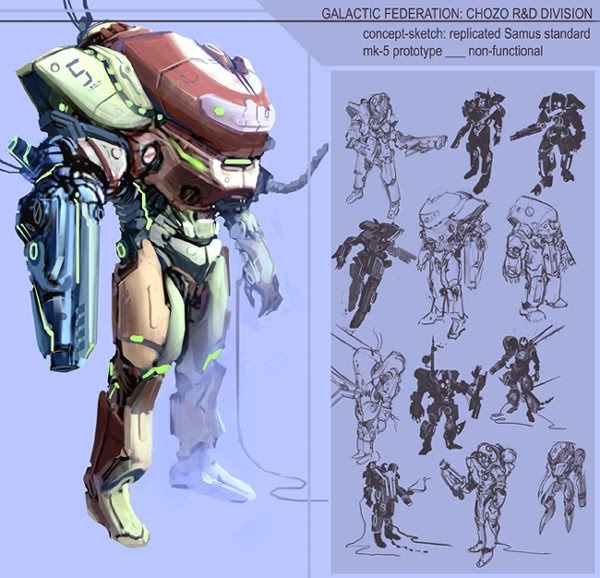
Recycling Resources
Making a game takes a lot of work, so the tendency is to want to use everything you made in the game. The reality is that you should only keep what aspects are absolutely necessary to make a game that is complete. Extra stuff is always cool, but sometimes having more just adds clutter and distracts from the core mechanics of the game. Having more enemy types or a few extra powers probably isn't going to be the deciding factor in whether people like the game or not. There will be leftover ideas, scrapped mechanics, and story ideas that don't work out or never make it into the final game. Hopefully if the game succeeds, there might be a chance to revisit old ideas and implement them in a sequel.
It is generaly much easier to create a sequel reusing the old game engine, textures, and assets than to risk starting from scratch creating a new original game. Some artists don't like getting creatively limited to one franchise for the rest of their careers, so make sure that you like the first game you make since you could be seeing a lot more of it. After spending several years on a project, you can get tired of the material. It might be smart to have some ideas for other games on the back burner, just in case.

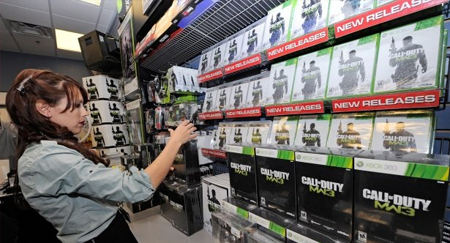
Distribution and Marketing
Only a few AAA studios have in-house distributors; most studios have to go to an outside publisher. Publishers are companies that deal with promotional marketing, manufacturing, and shipping physical copies of the game to sell on shelves in stores. Marketing is an ongoing process, but distribution tends to take at least a couple of months. There are usually dates set far in advance determining when information and products will be released, which puts a lot of pressure on studio employees to meet deadlines.
Even though successful games can earn millions in revenue, that doesn't all equate to profits. Games are expensive to make, and a large chunk of money pays off the loans used to fund making the game. After distributors take a cut, whatever is left is usually invested back into making the next game. Studio employees are paid set salaries and typically are looking for new jobs before the game hits shelves. This industry economic model is very unstable, since it means even successful studios with established franchises can be closed down if one product underperforms. Studio closures and buyouts are fairly common.
Online digital distribution platforms are a recent alternative that cuts out the expensive manufacturing costs. This is great for low-budget independent developers to market products, but AAA studios still rely heavily on revenue made from retail stores to offset production expenses. Digital distribution platforms are able to sell games at heavily discounted prices and low dividend rates, though profits still tend to go to the distribution companies that hold the rights to games rather than the actual game designers.
TutsPlus: Marketing your Indie Game
Kotaku: Video Game Development+Marketing Budgets
WatchMojo: Top 10 Video Game Publishers
THQ bankruptcy liquidizes assets overnight, building abandoned


Virtual and Augmented Reality
Virtual reality was experimented with in the 1980's, but the existing technology at the time was not capable of recreating a believable immersive experience. A lot of money was spent with little to show besides failed product lines and consumer complaints of headaches. For a time, many gave up on the idea ever becoming a reality. Nearly 30 years later, advances in graphics and computing power have reached a point where game developers think they can make VR actually work. People are once again excited to find ways to work around the known challenges and limitations to create something wonderous and impossible.
Total immersion in digital settings is believed to be the next major milestone that could revolutionize entertainment, and the gaming industry is leading the effort to develop viable technology to make it happen. 3D IMAX, VR demos, and commercially available VR products have shown a glimpse of the potential for VR as a creative tool, but there are a lot of technical issues that still need to be worked out before VR becomes a standard in mainstream gaming.
The process of creating VR software is not that much different from creating software for regular 3D games. Modeling and rendering still works about the same. C++ and C# are the programming languages that most VR developers seem to be using. The main obstacle is currently creating an affordable motion tracking sensor headset that will act as an interactive full body controller. Some form of headset is needed to create the illusion of 3D motion parallax. Any VR game software will have to be specially tailored to be compatible with one of the existing VR systems on the market, which introduces some foreseeable console compatibilty port issues.
Game technology mostly concerns the developer-side of things, but designers also have to consider new challenges that fully immersive headsets will bring. People will want to inspect objects up close and not see pixels, and be able to pick everything up to interact with, and have things respond as they would with real-world physics. V.R. is going to need to start small before it ever reaches the point where simple actions can trigger complex A.I. to respond in a manner that fools human players into thinking it is real. Game industry leaders predict that the success of virtual reality depends more on using the technology in novel innovative ways rather than trying to create exppansive worlds that mimic reality. For now, a lot is going to depend on AAA companies and tech manufacturing companies funding the expenses to develop a reliable VR control system, but once the tech is made available to the masses, indie developers will have a chance to unleash their creativity in a new medium.
GamesRadar: VR Pros and Cons
Oculus: VR Introduction to Best Practices
PBS Digital Studios: How Old is Virtual Reality?
Polygon: The Future is Unreal
IGN: How Scary is the Paranormal Activity VR Game?


Stuff to avoid
Video games have been around for over 30 years, and in that time a general consensus has been reached among the majority of gamers. Certain features are just a bad idea to include in a game. As a general rule of thumb when designing a game, don't be afraid to try out new features and mechanics. They might not always turn out as intended, but people are generally willing to credit the developer for trying. What most gamers don't like is seeing the exact same mistakes never getting fixed and being repeated over and over in successive titles.
Gamespot: Annoying Video Game Clichés
WindowsCentral: 5 Worst Game Design Mistakes

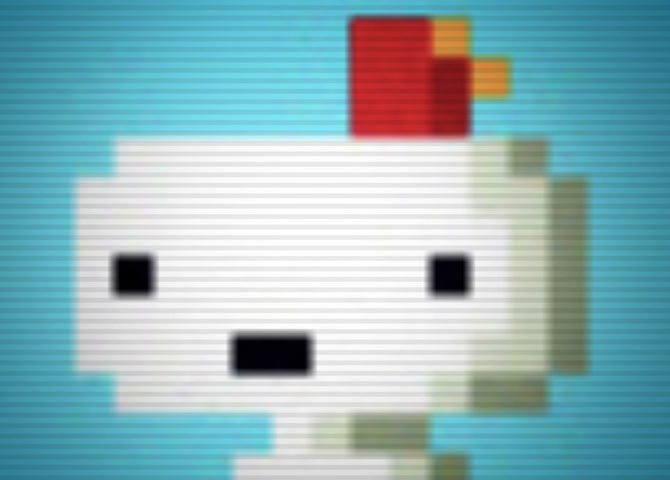
Advanced Tutorials- Hopefully Coming Soon
Game Design
Intro to Unity/Unreal
API Documentation
PC and Console Optimization
Character Creation System
Crafting
Voxels
Back-Face Culling and Clippng
GameObjects and Components
Prefabs
Instances
Seed
DynaMesh
Ambient Occlusion, shaders
Anti-aliasing
Lightboxes







